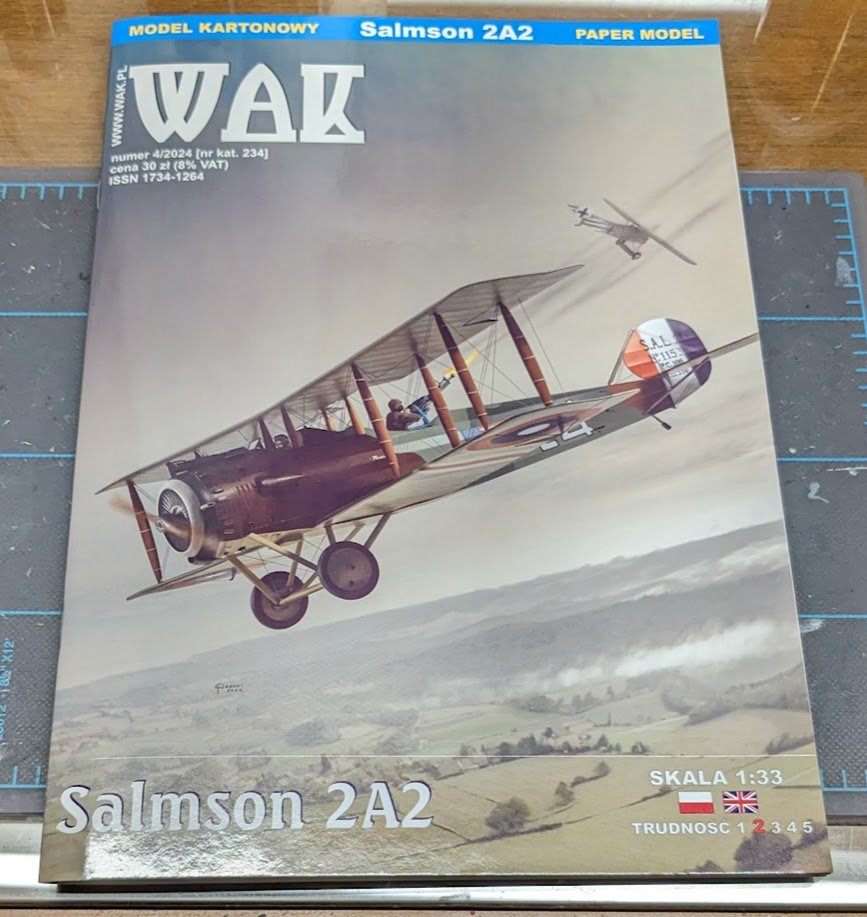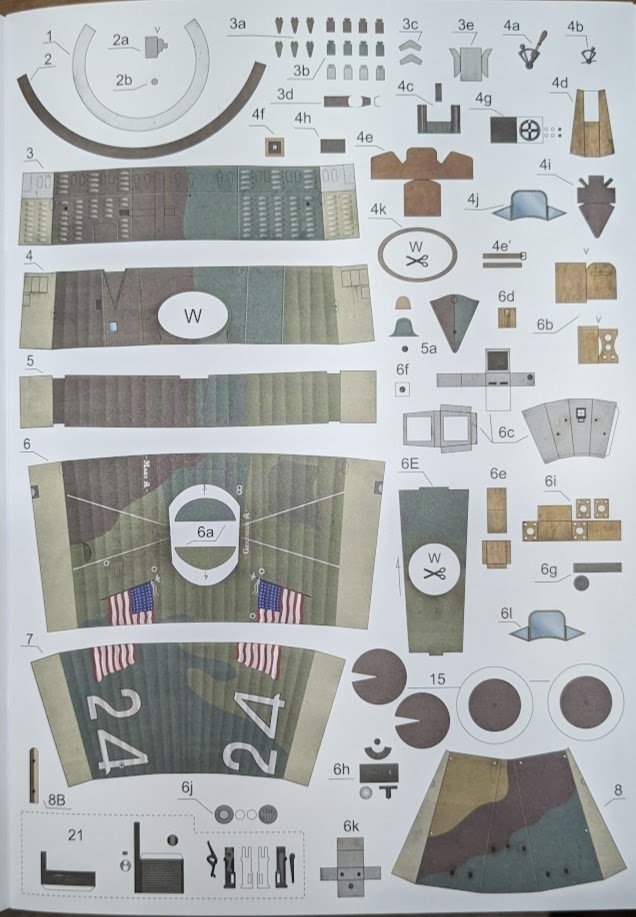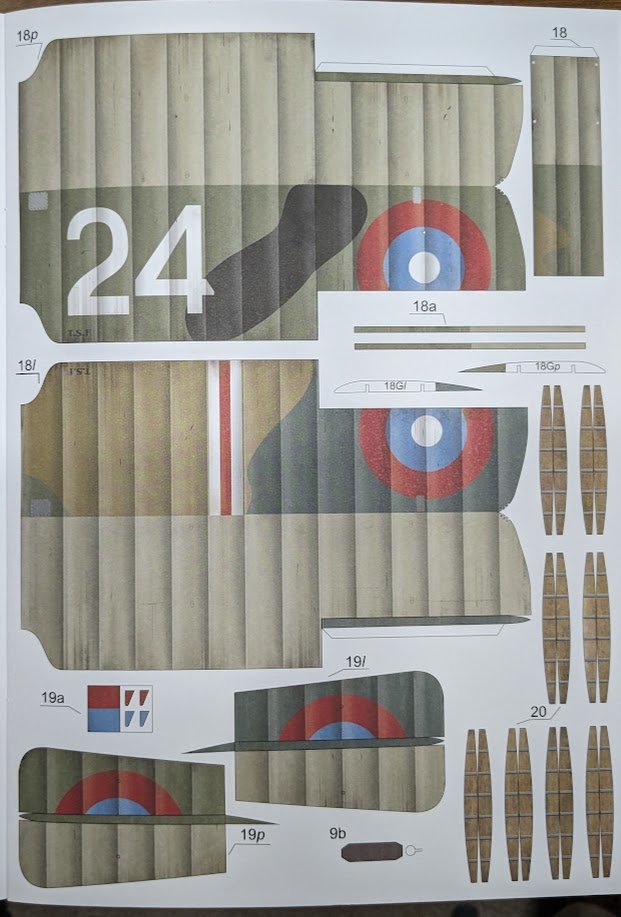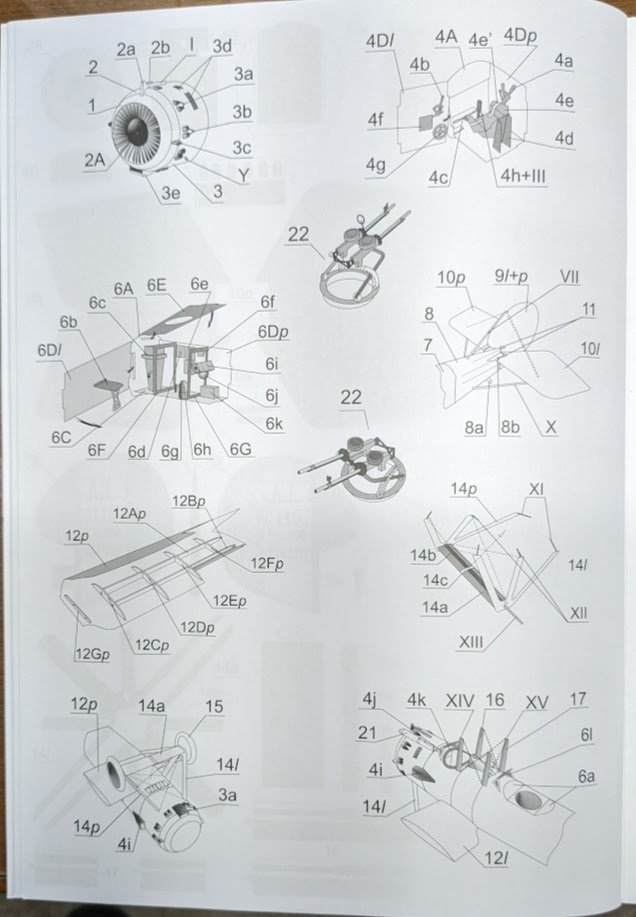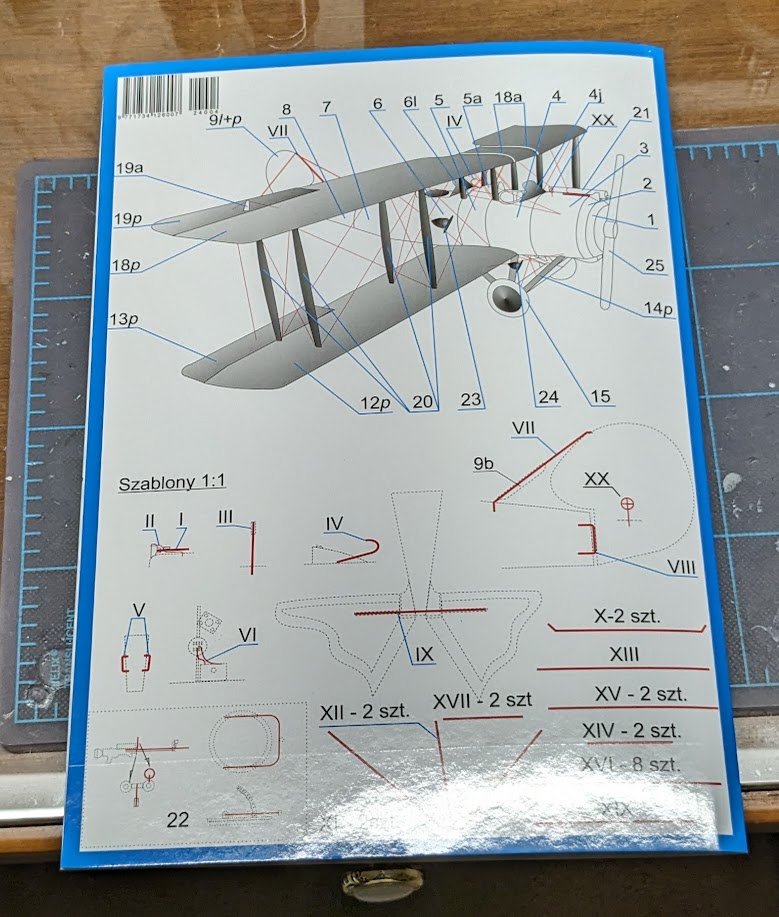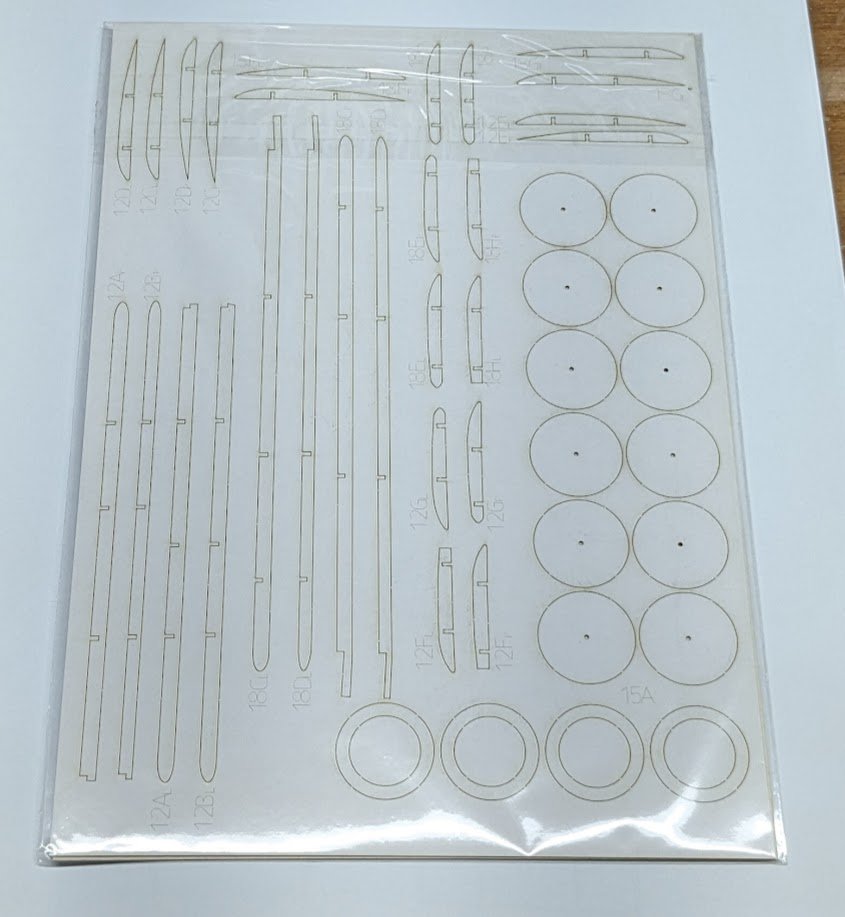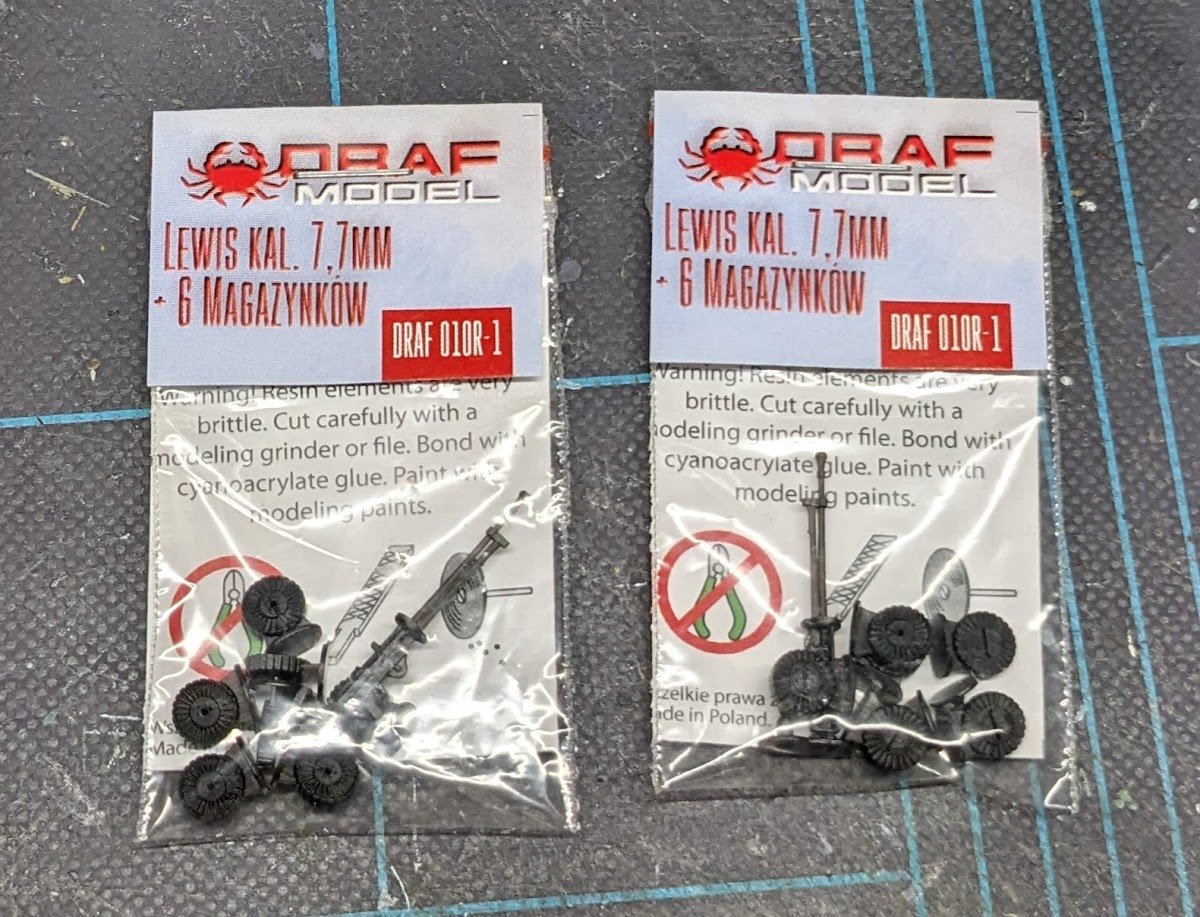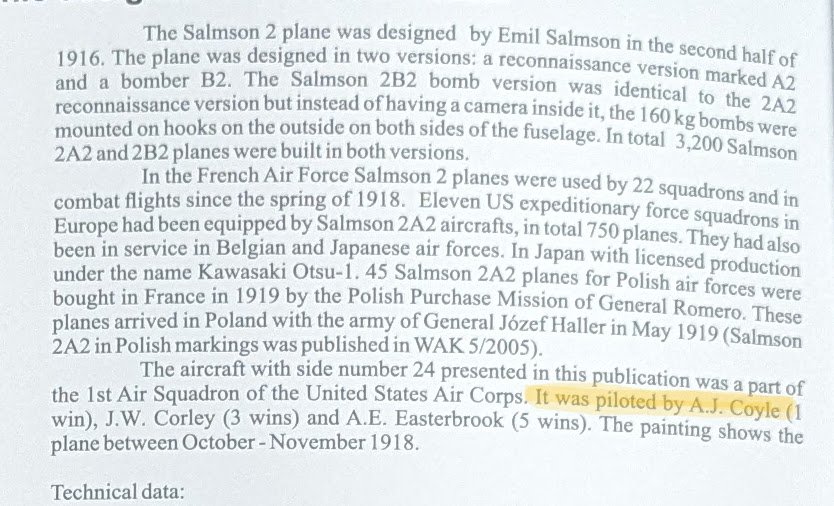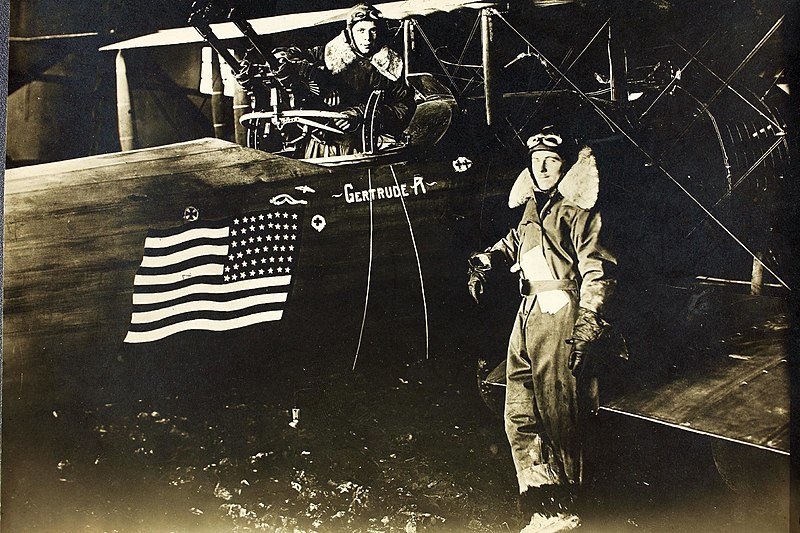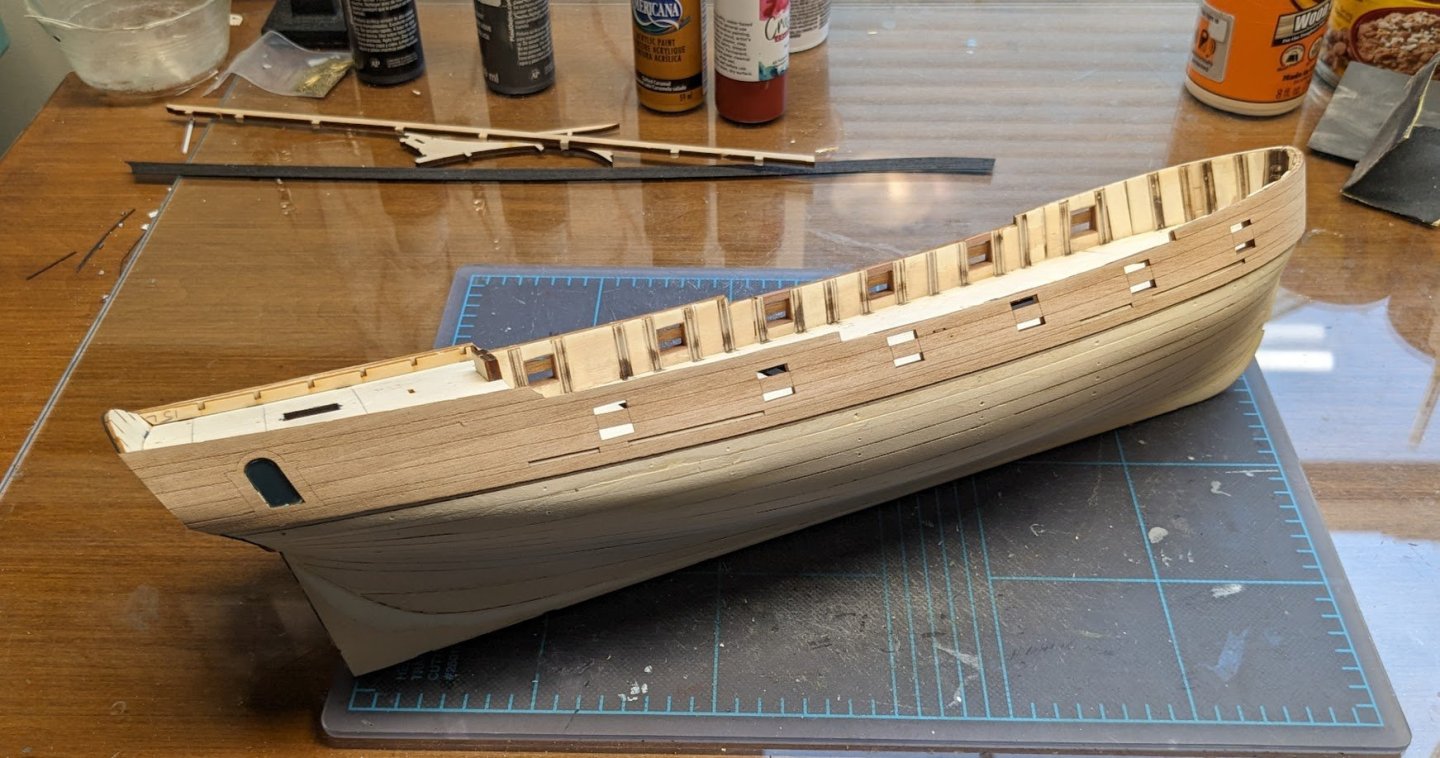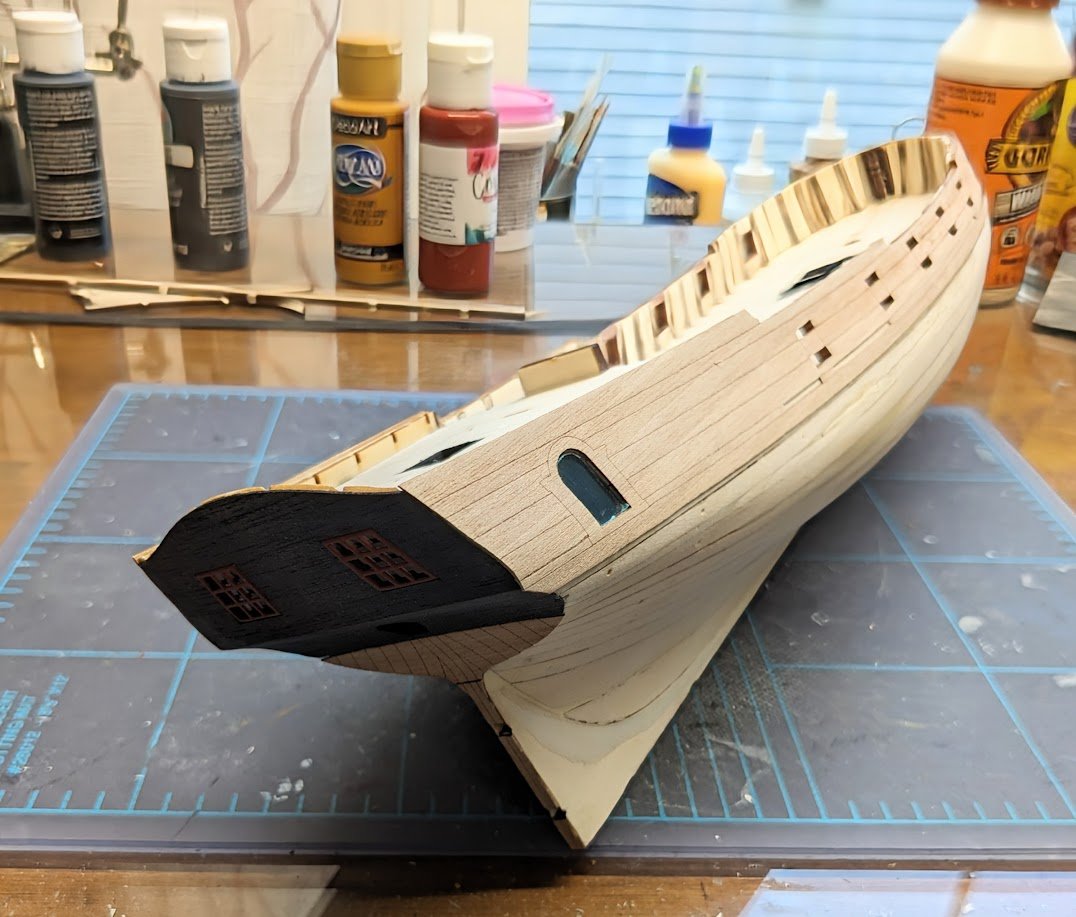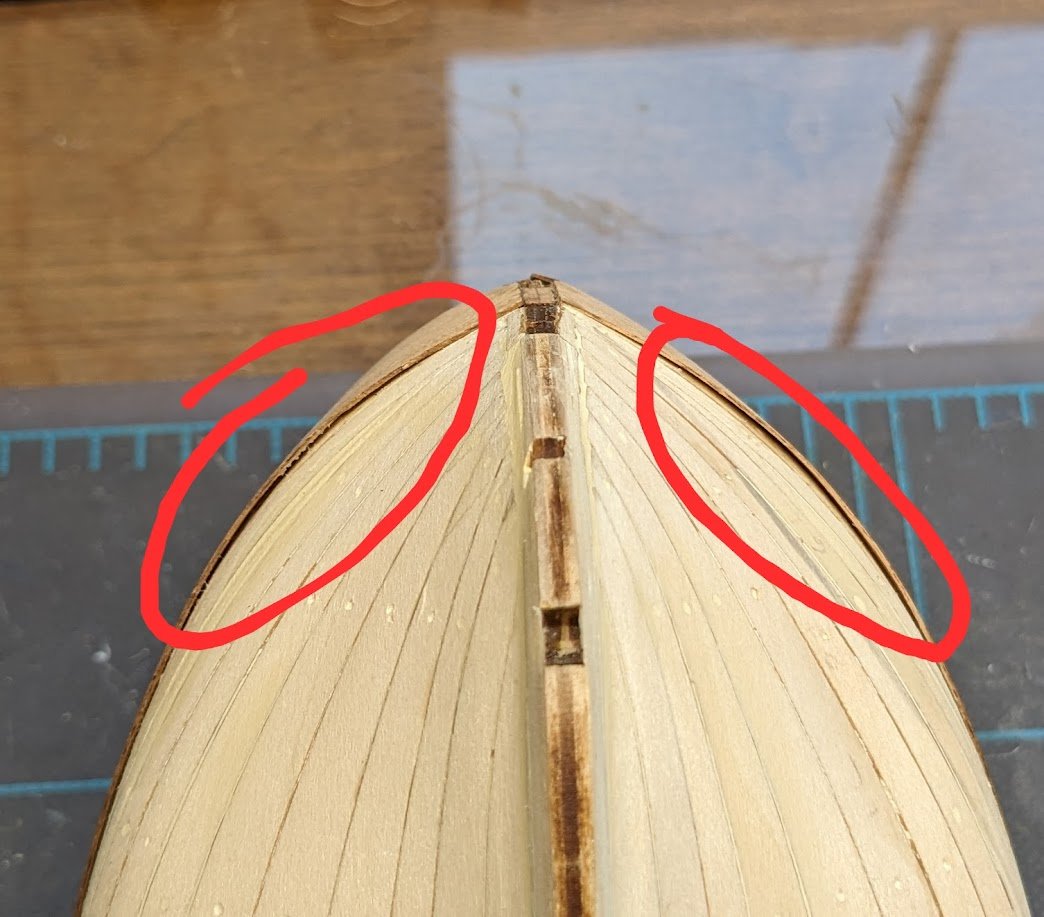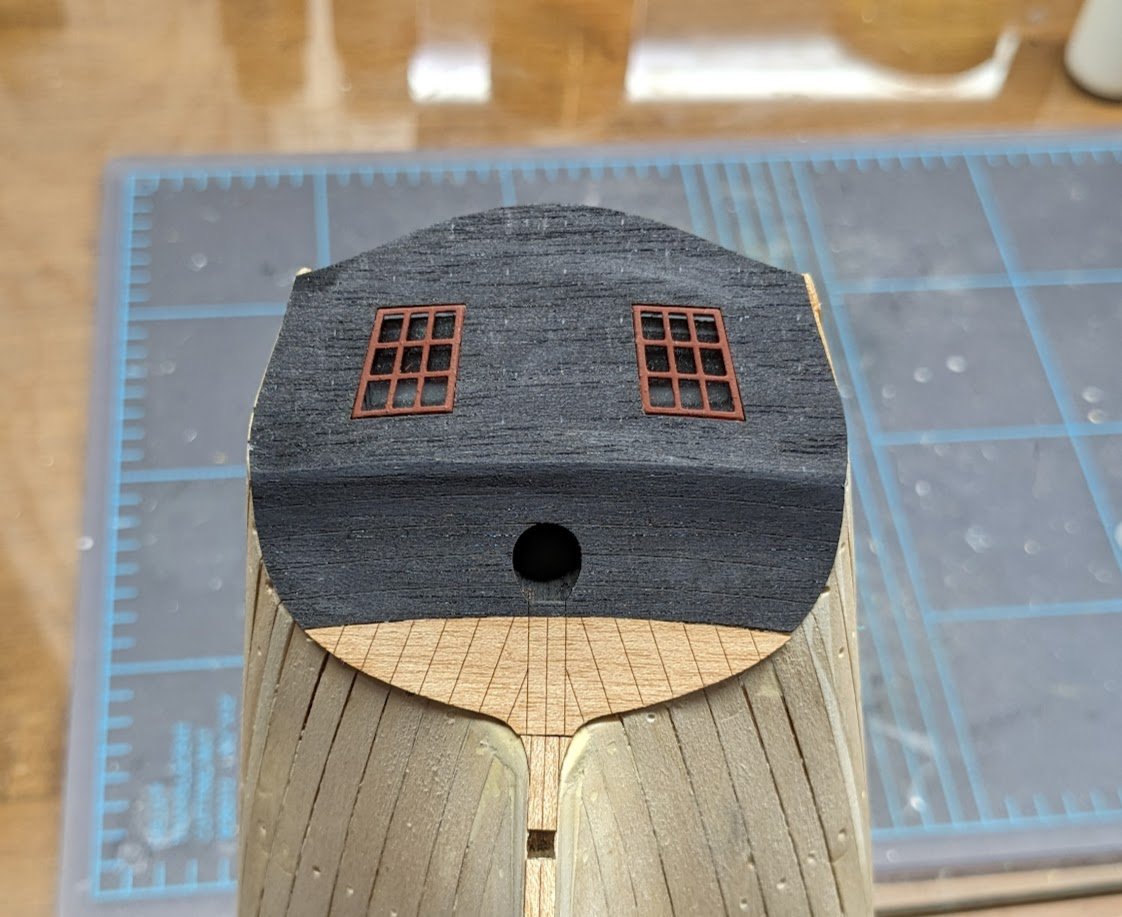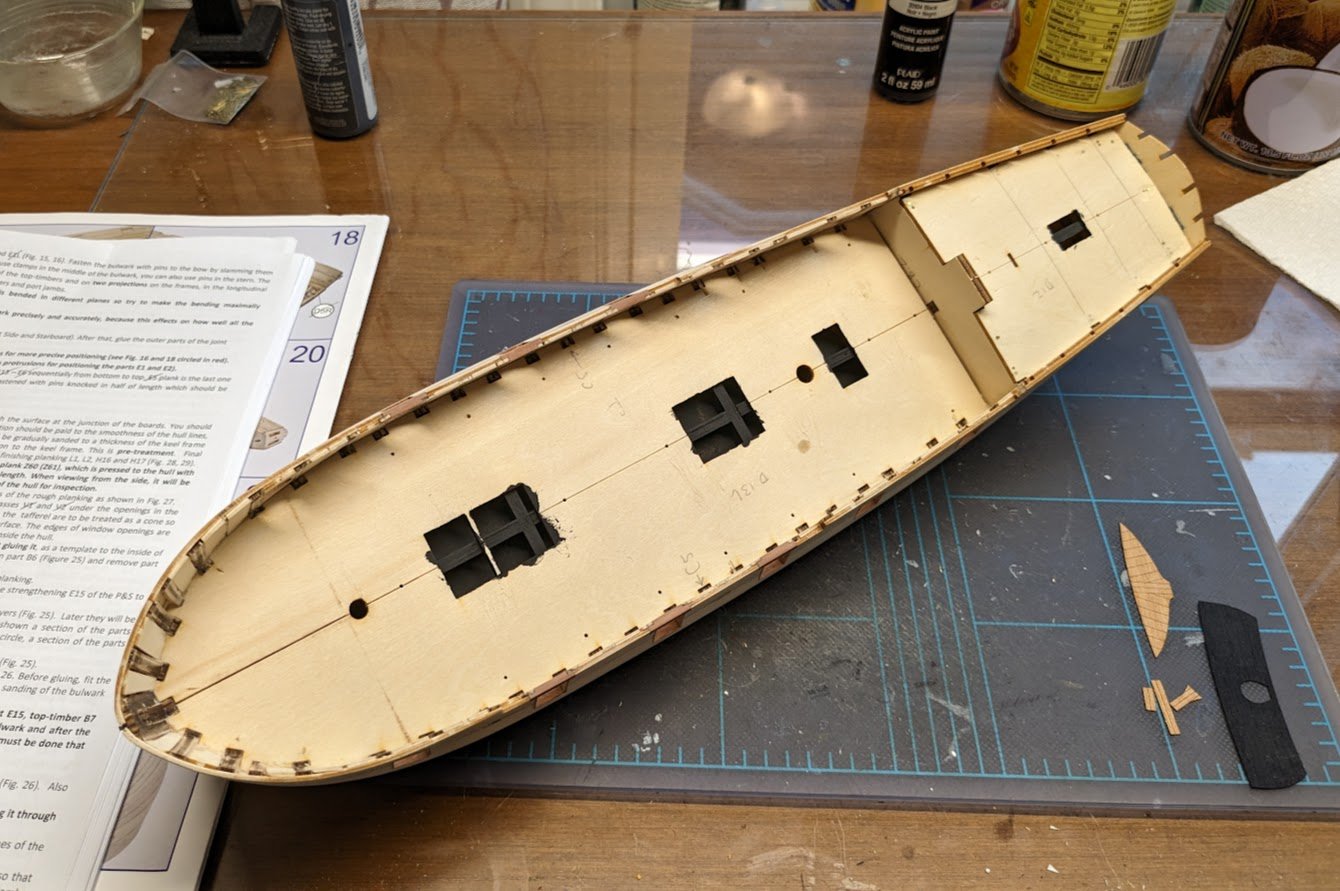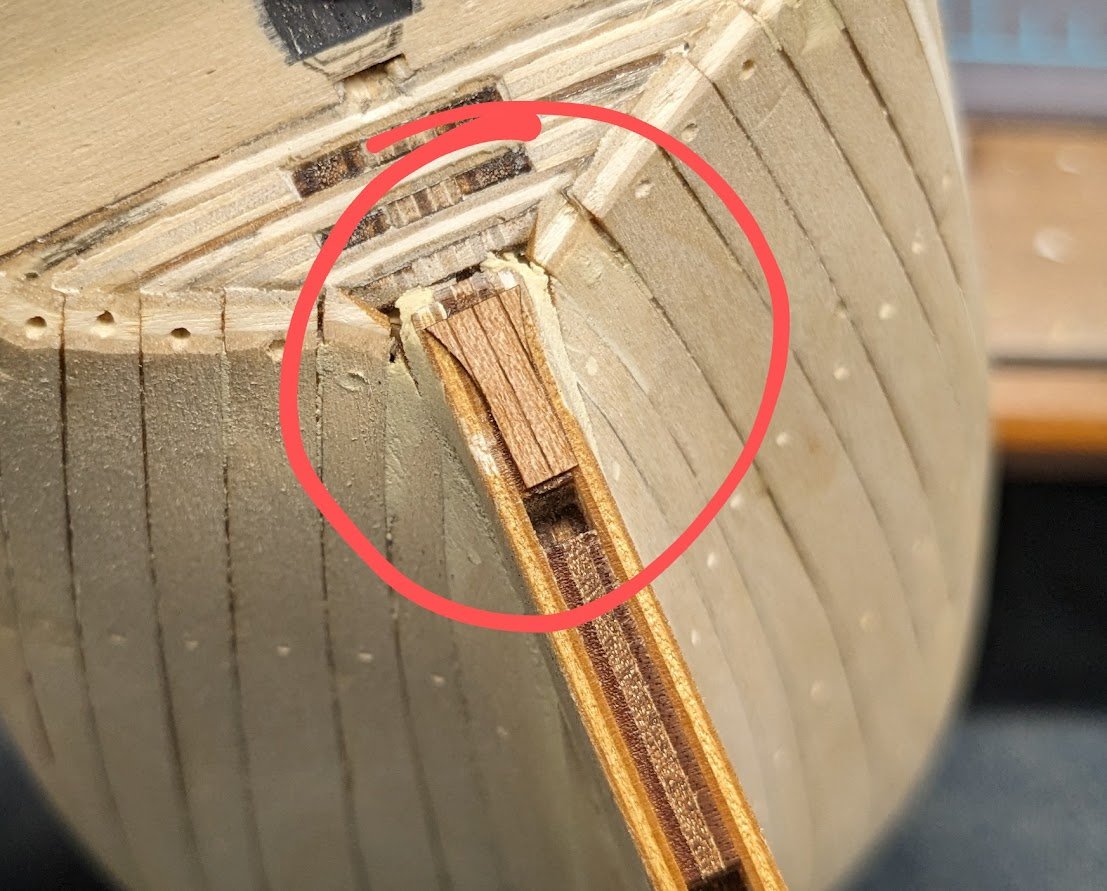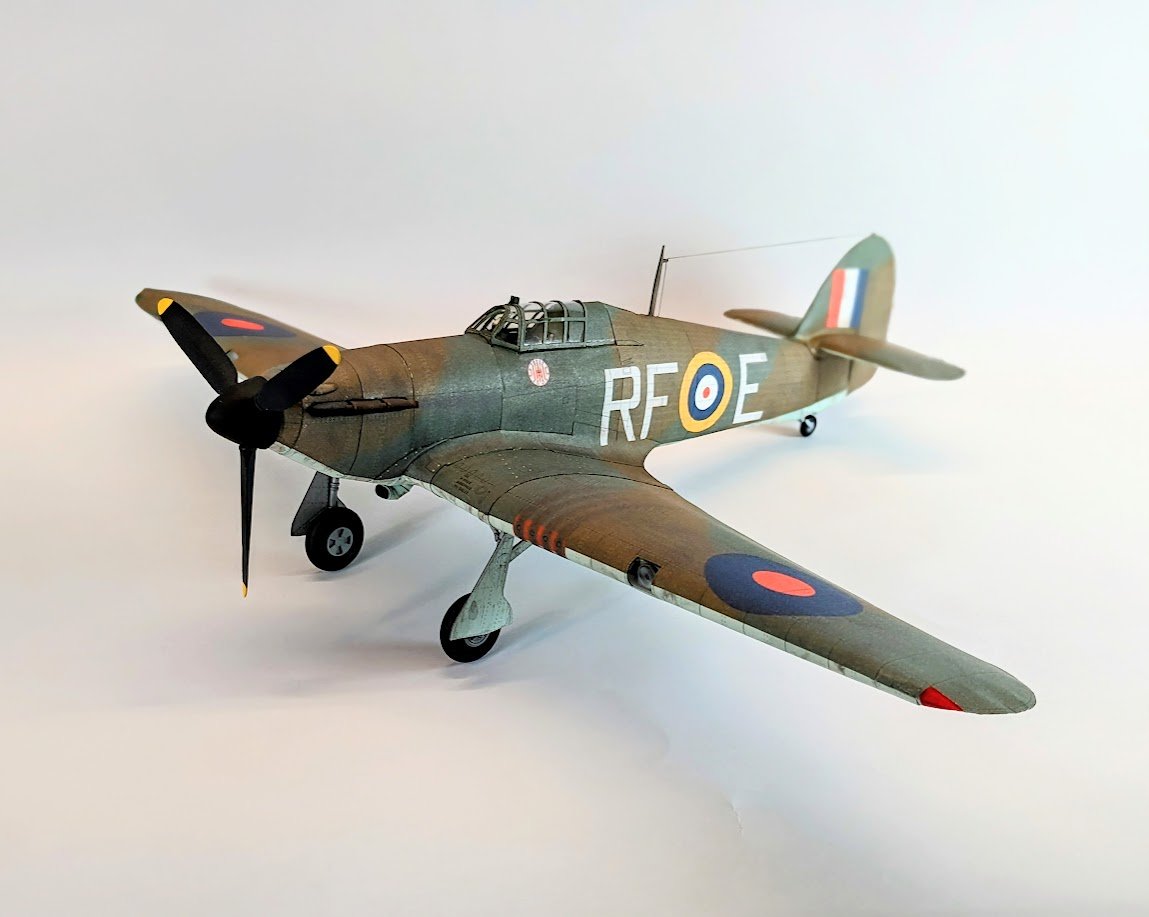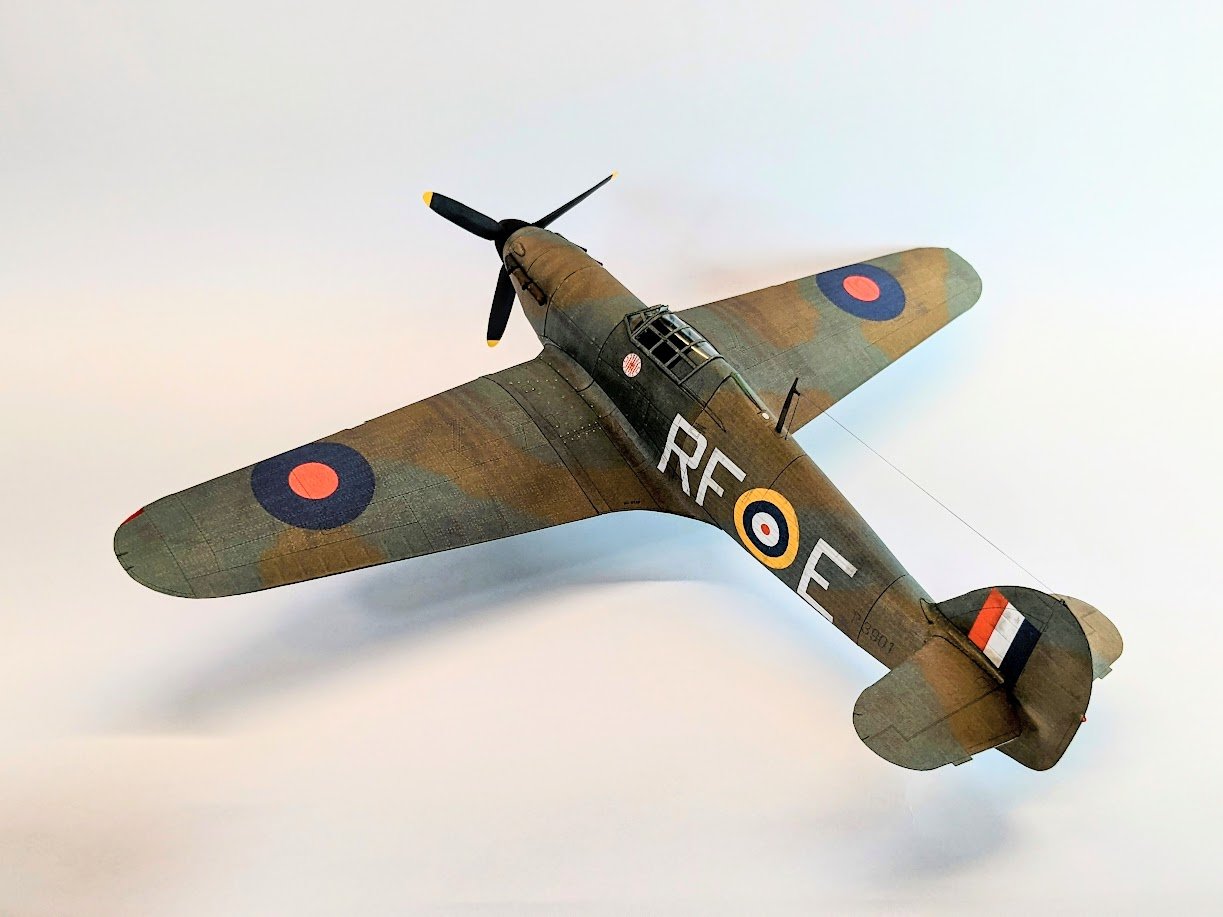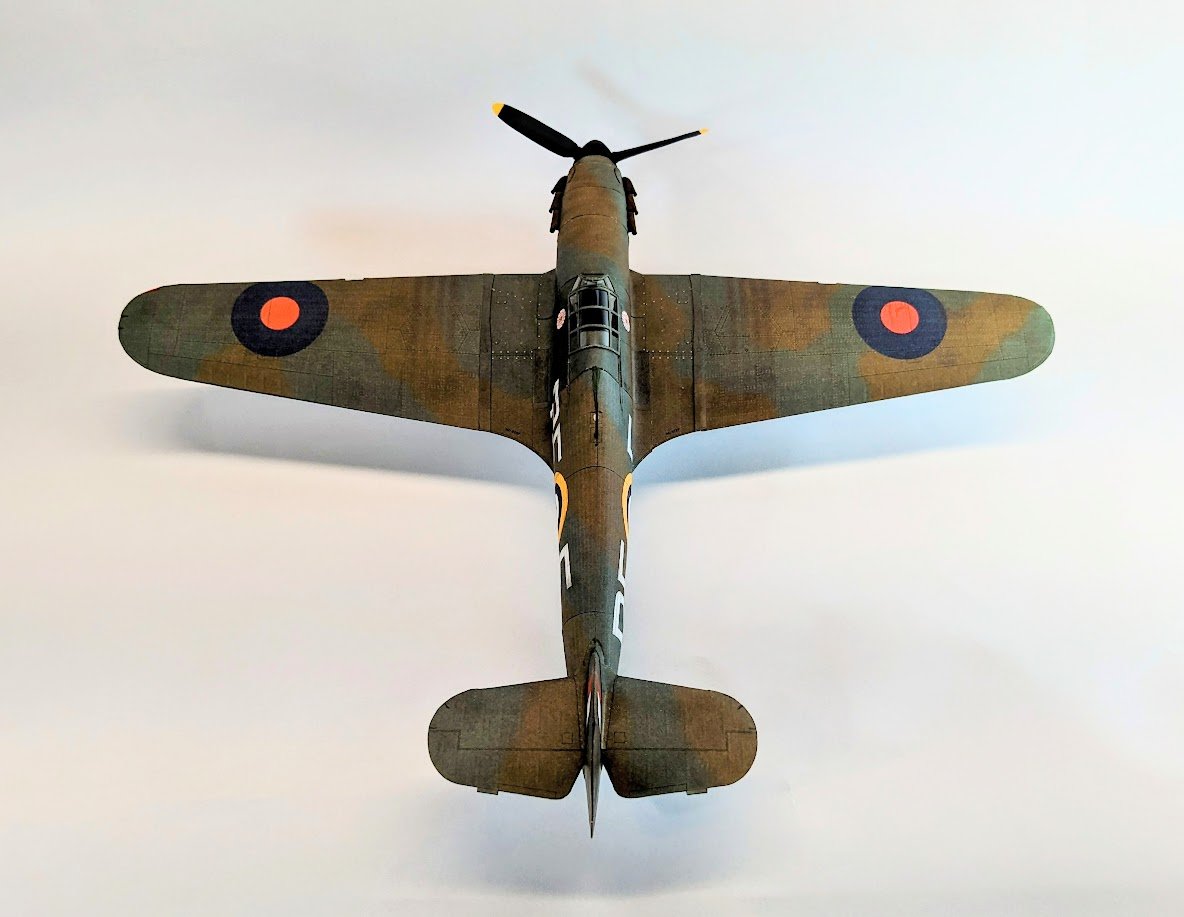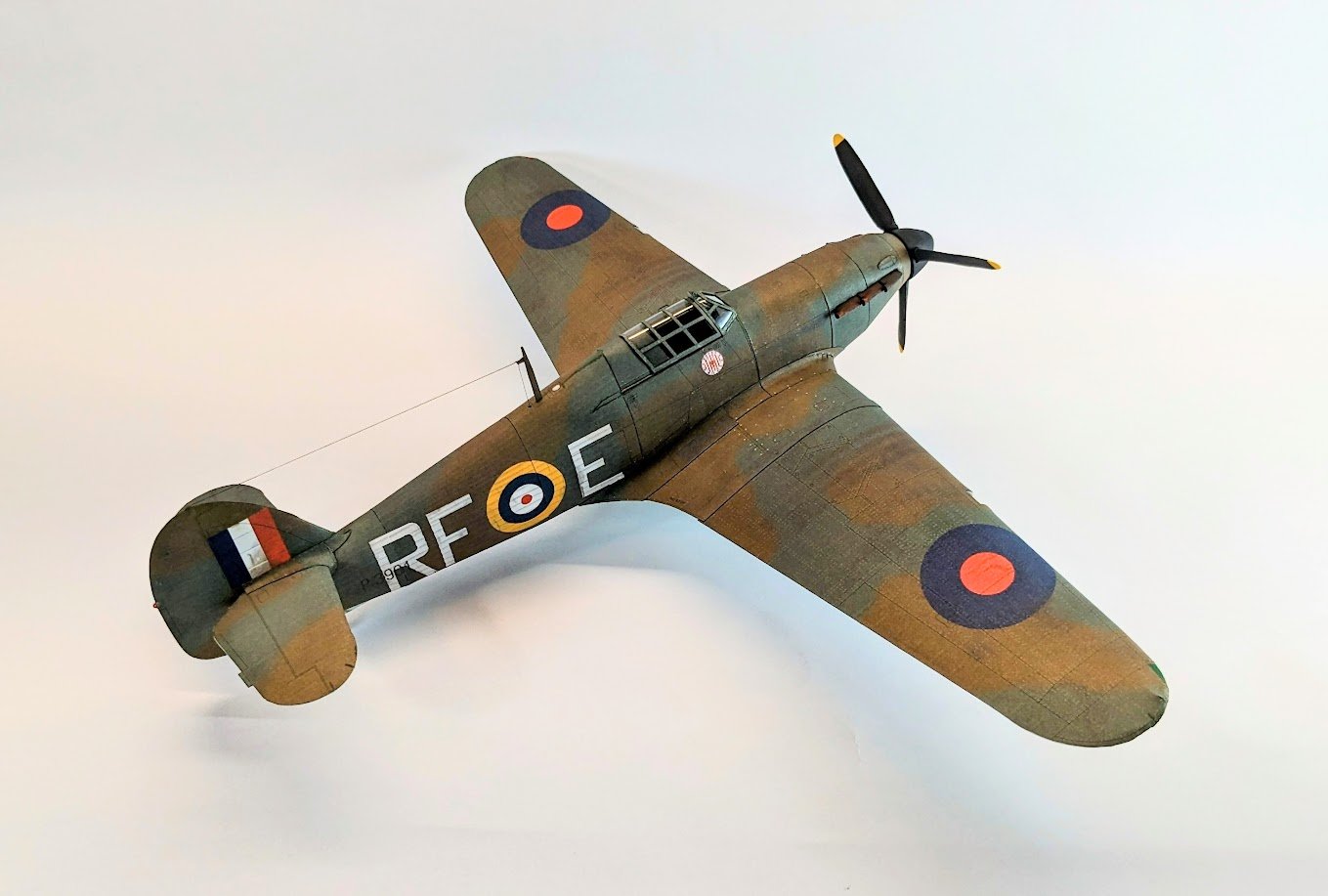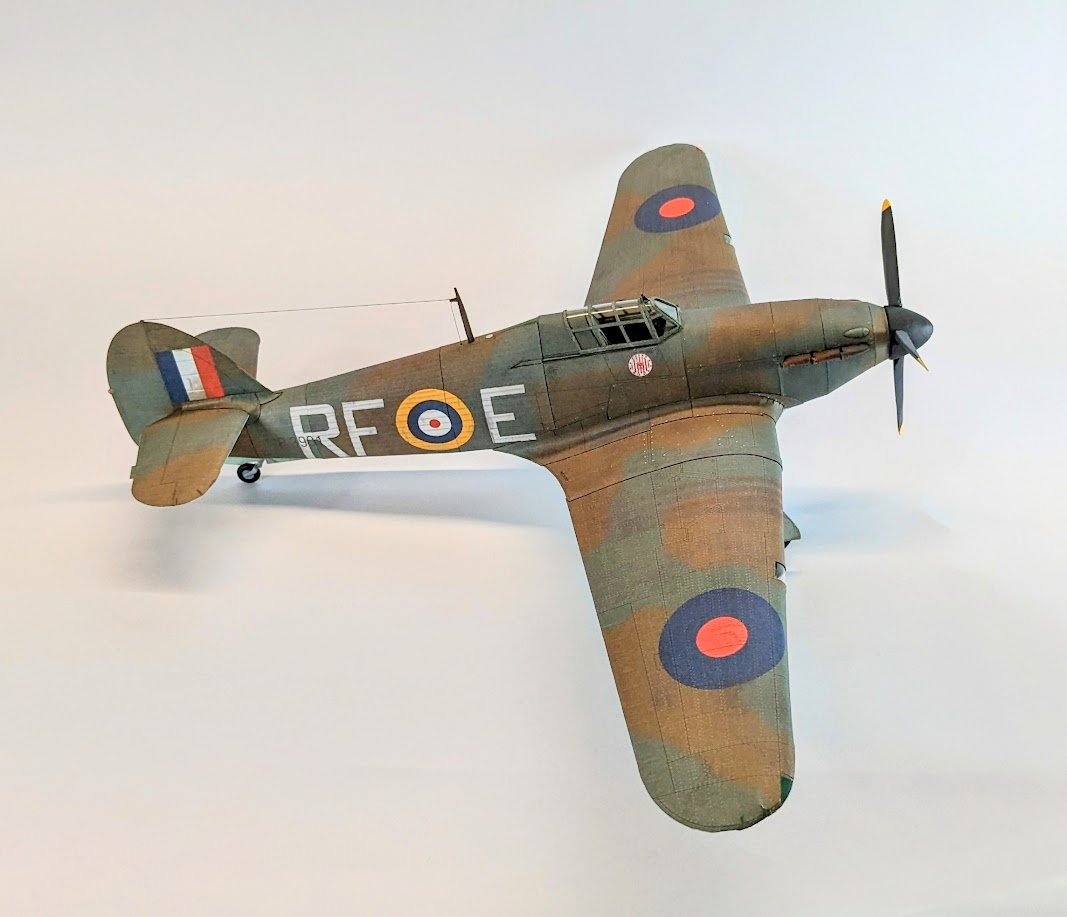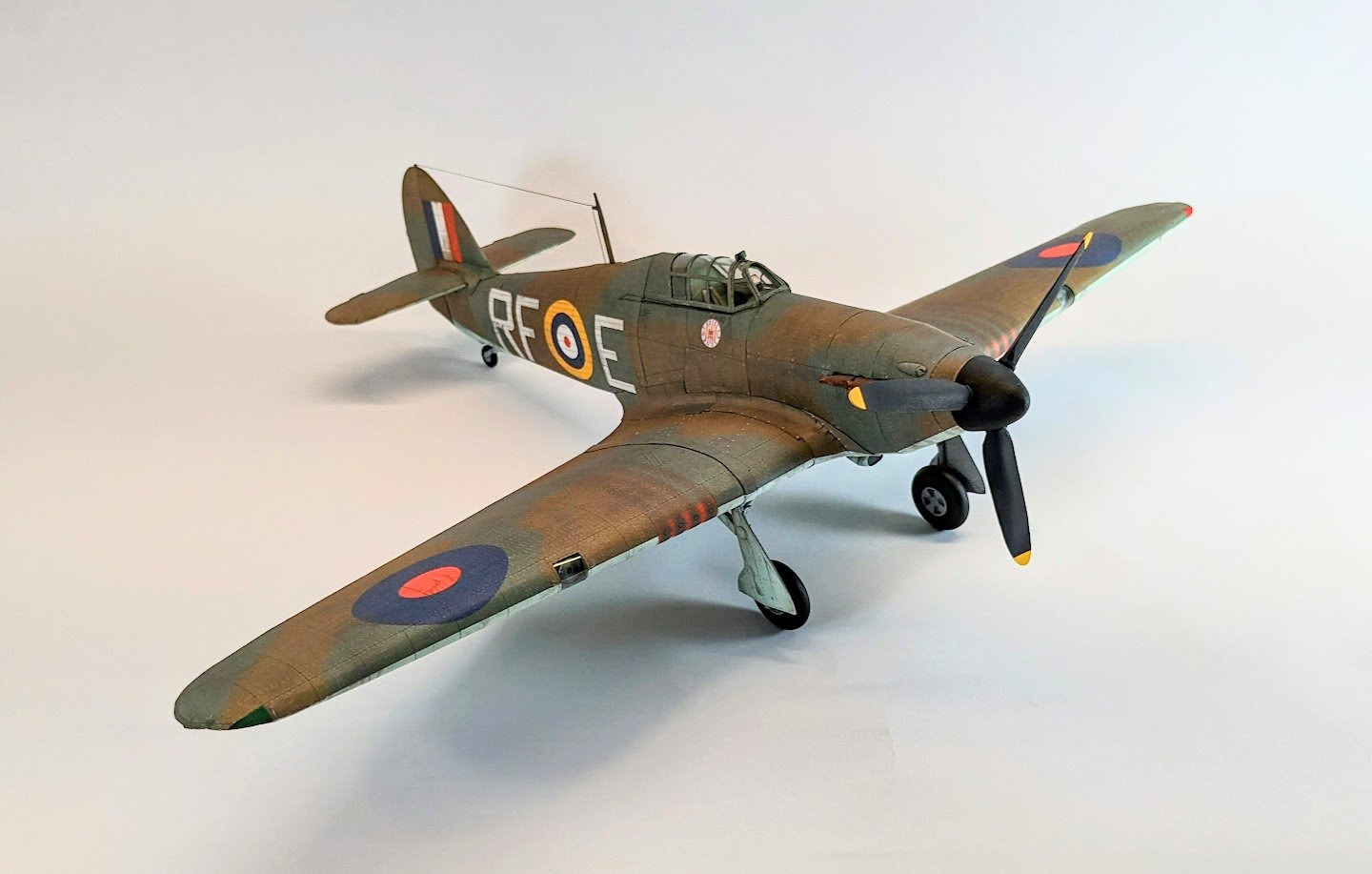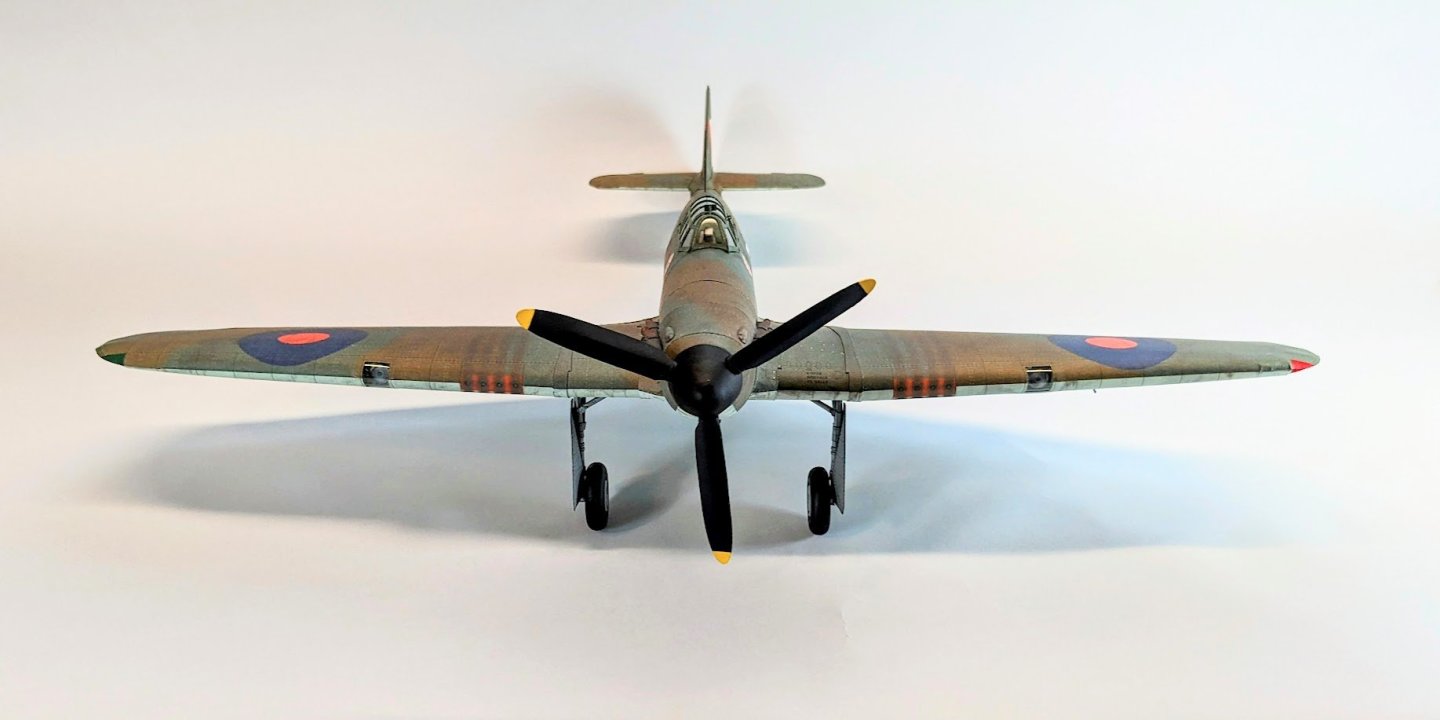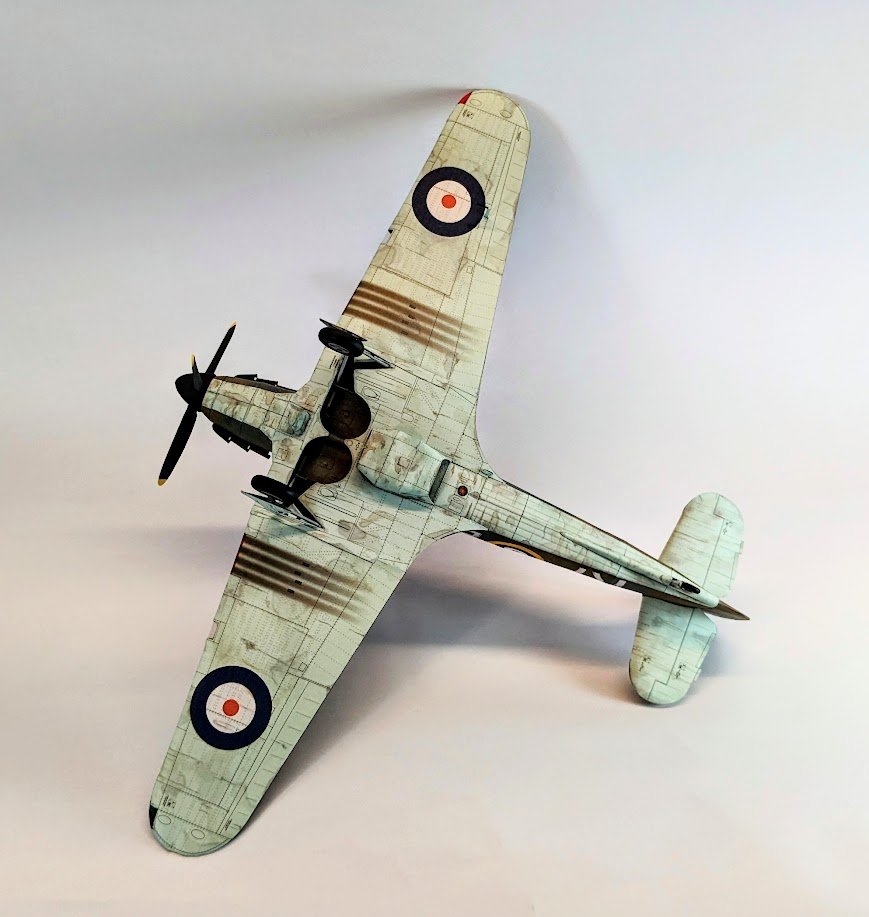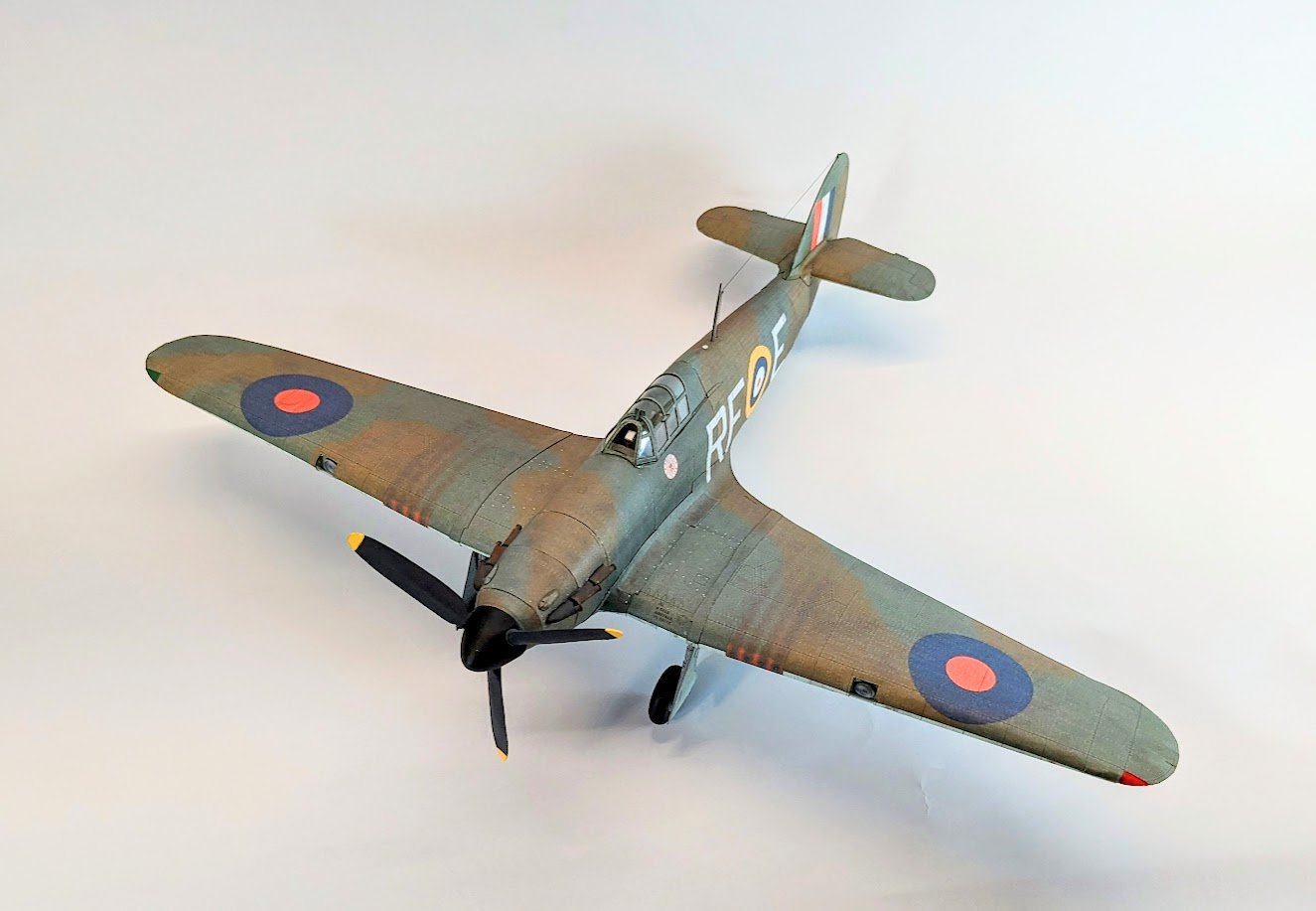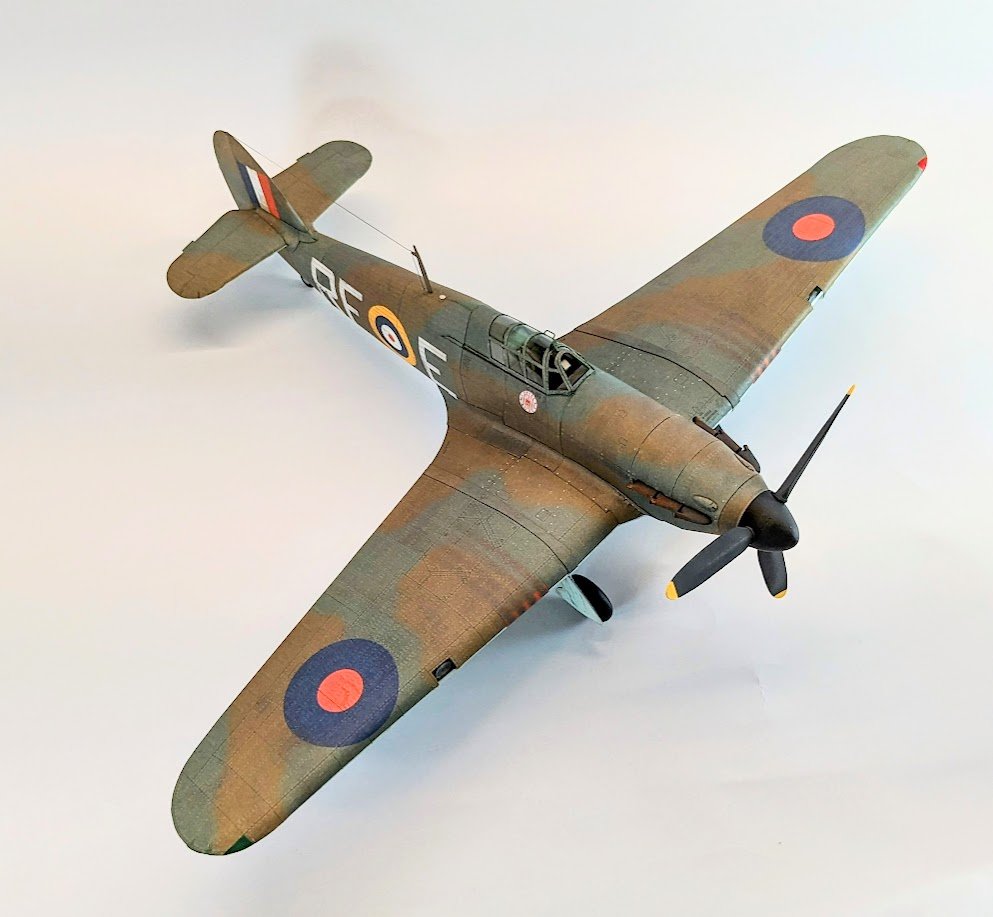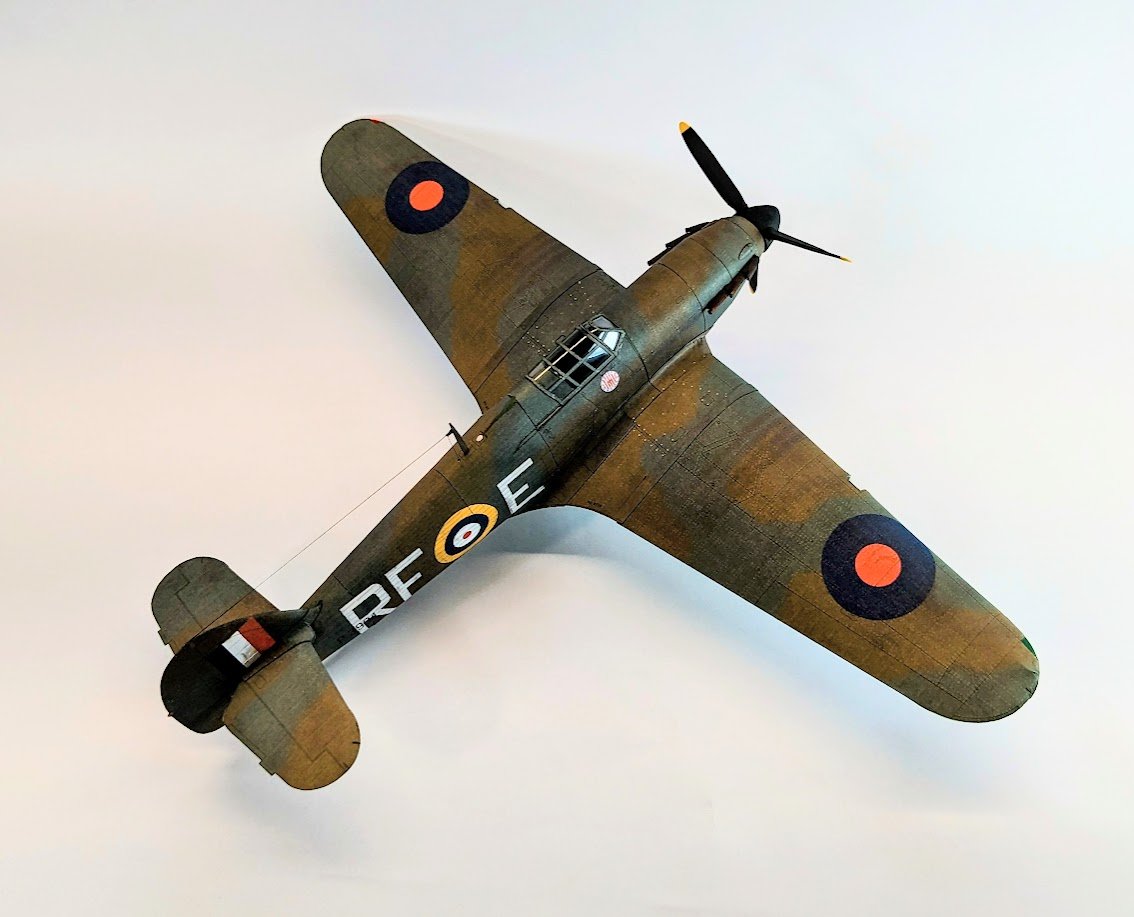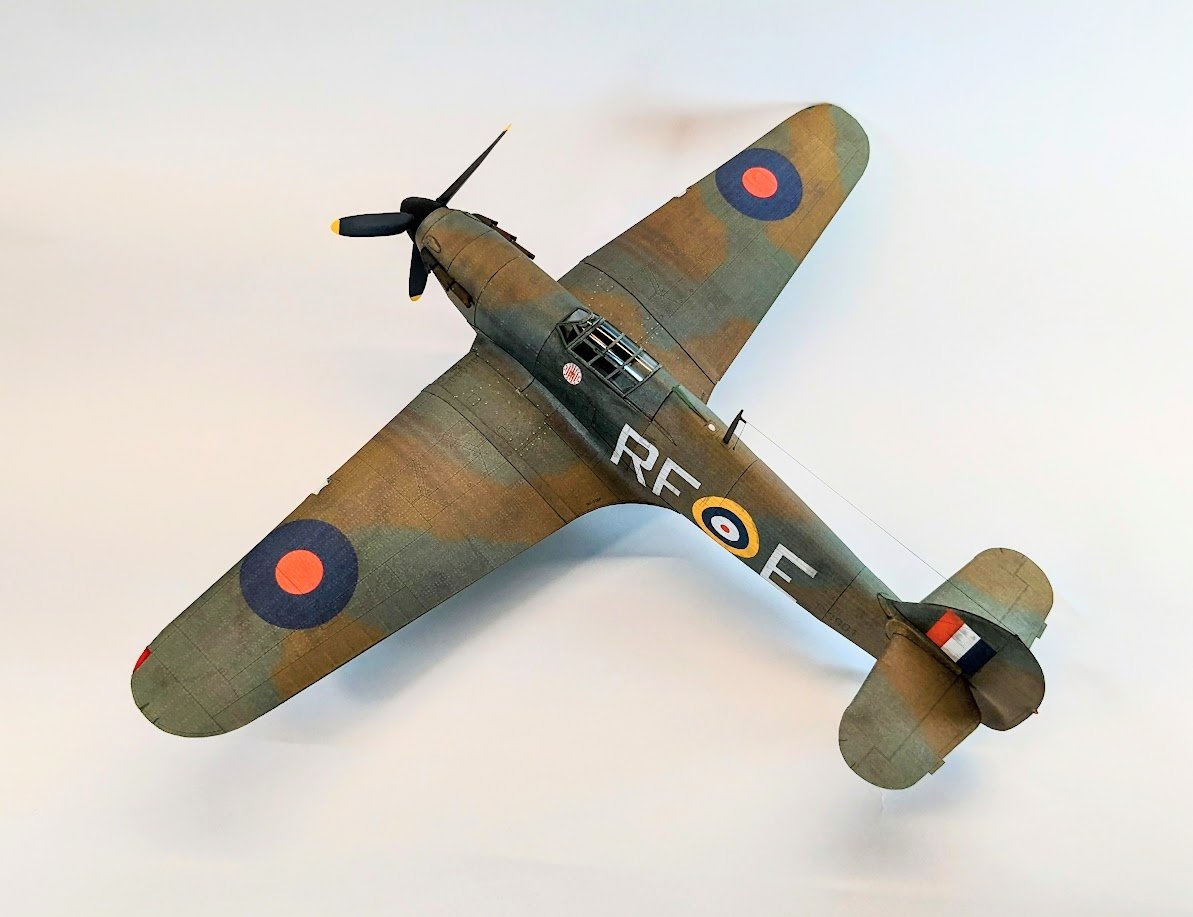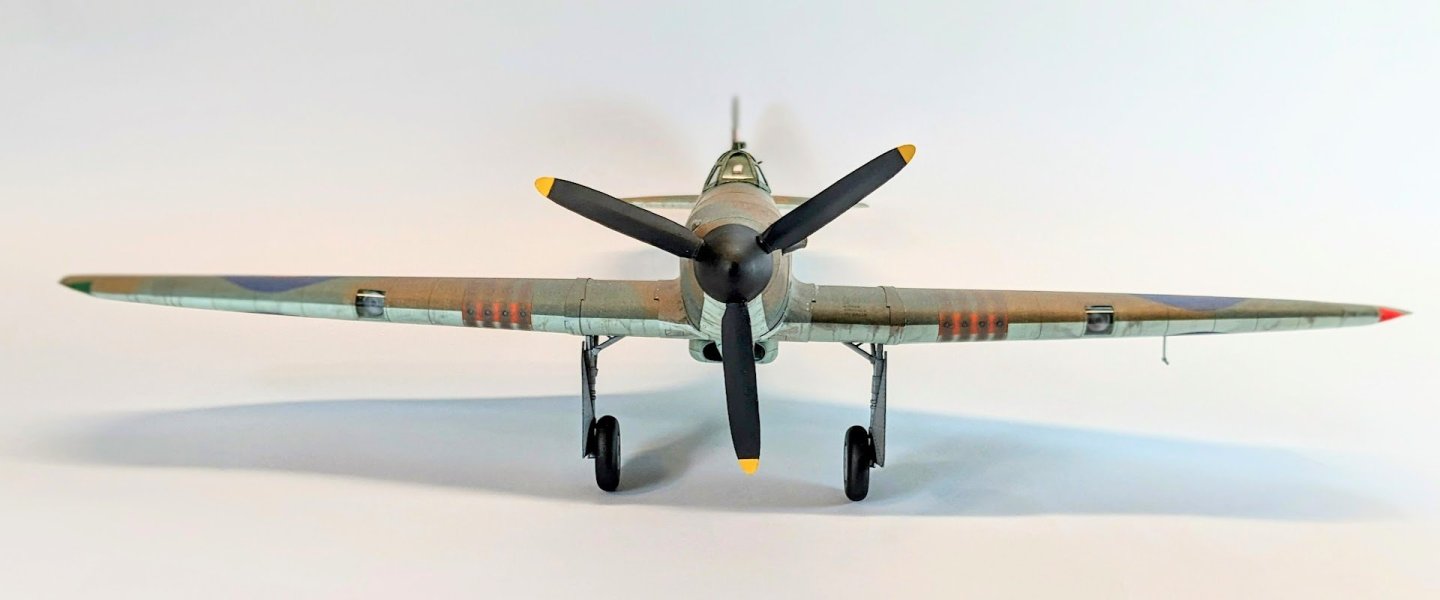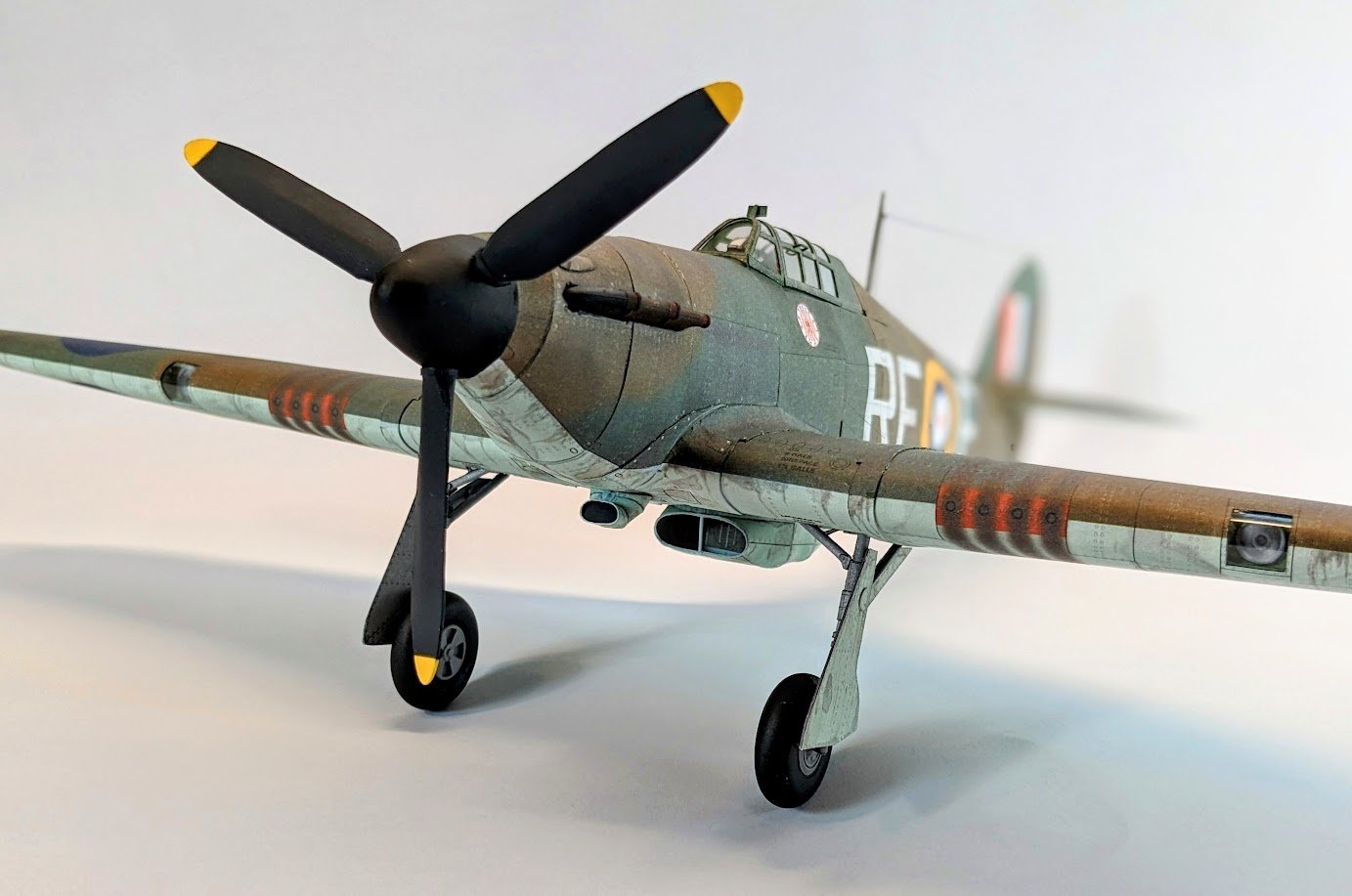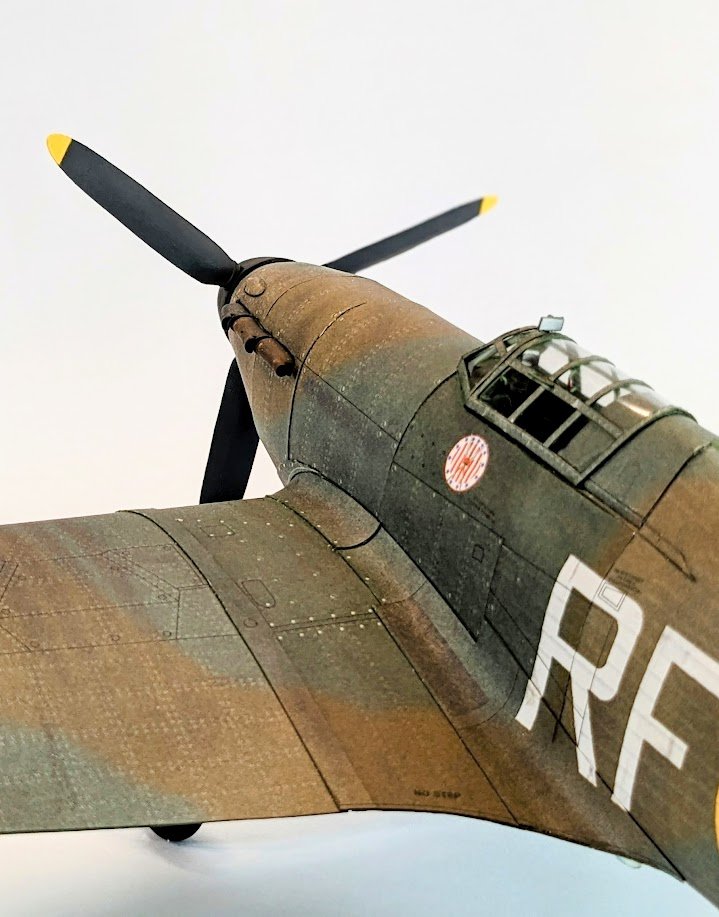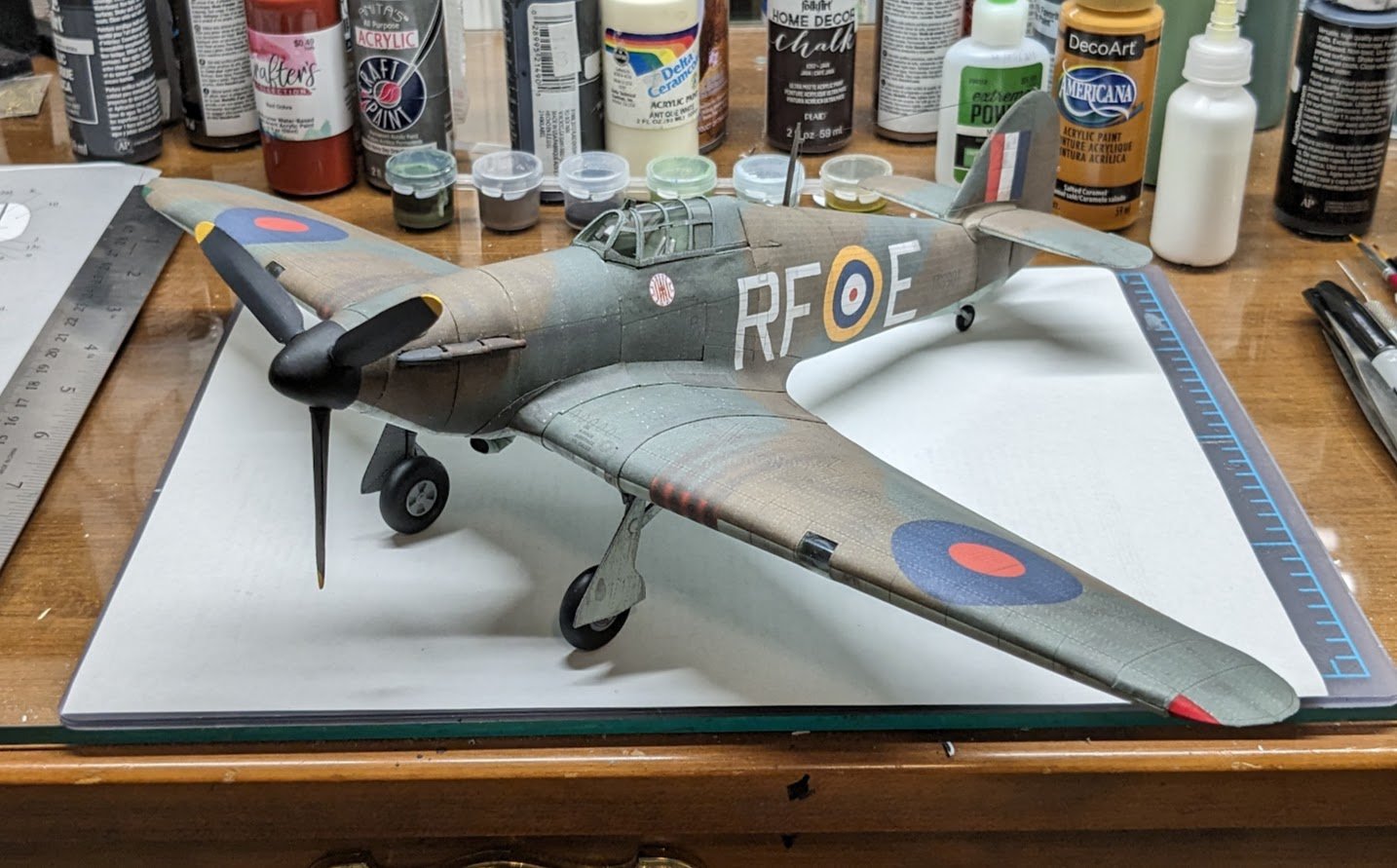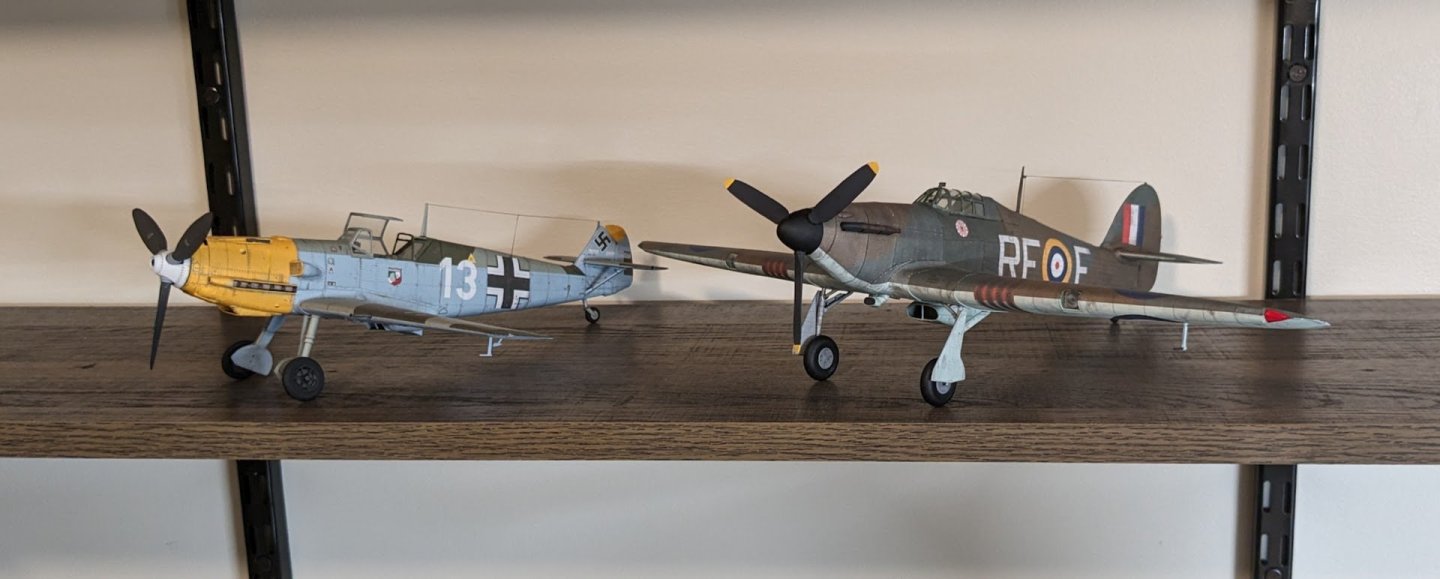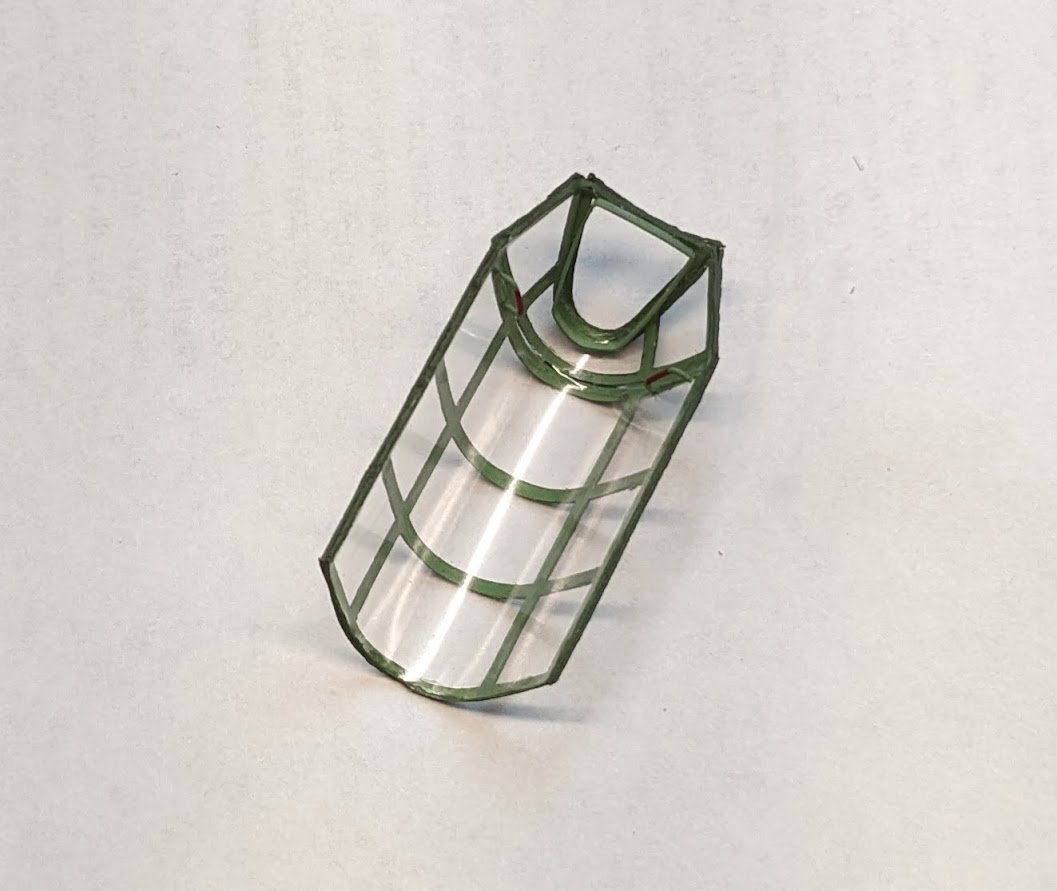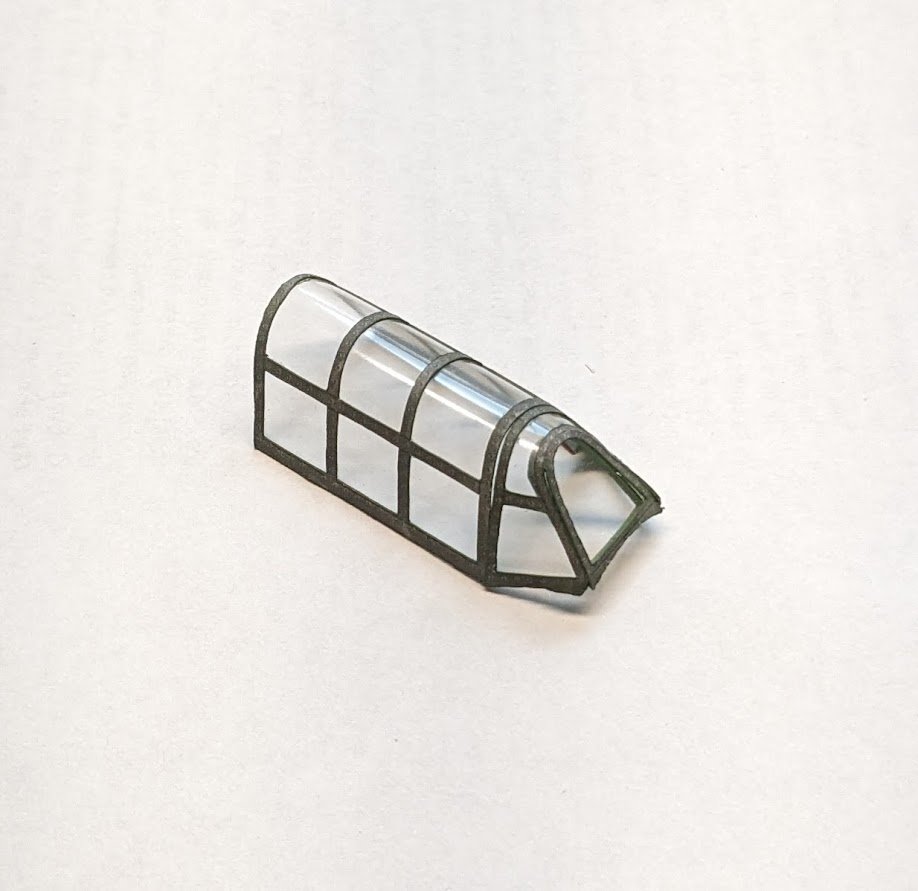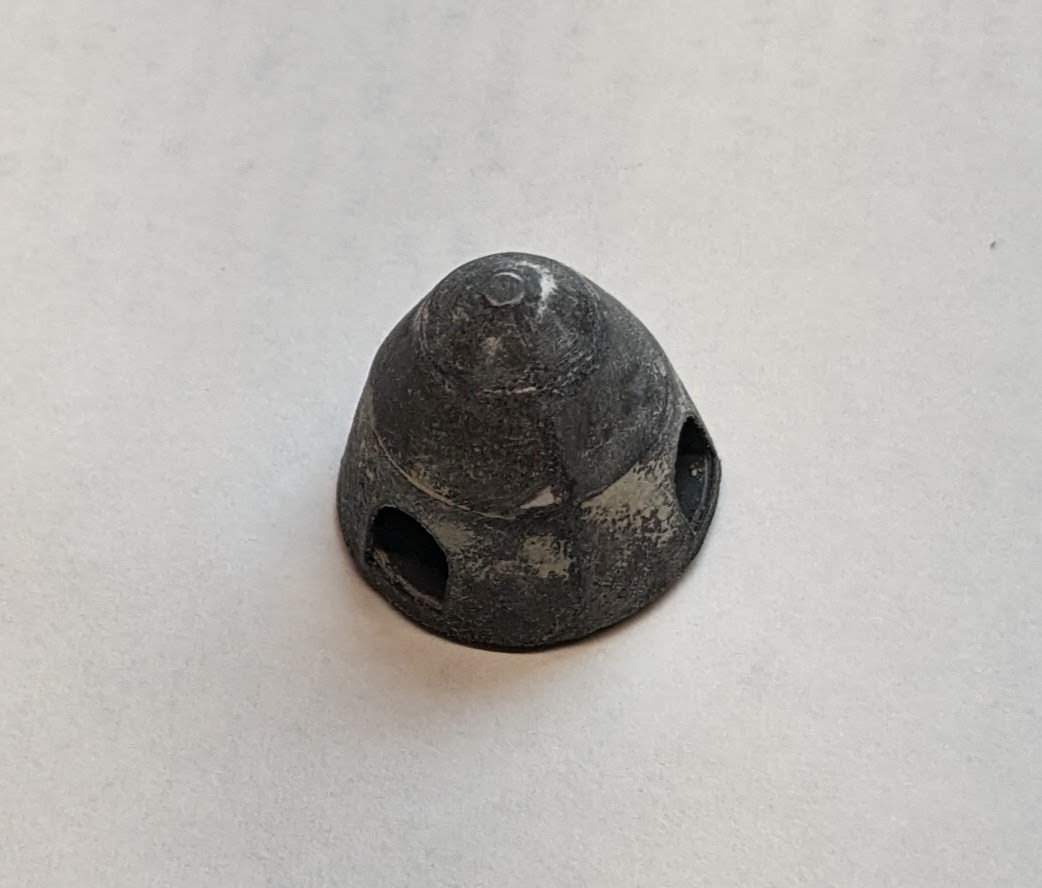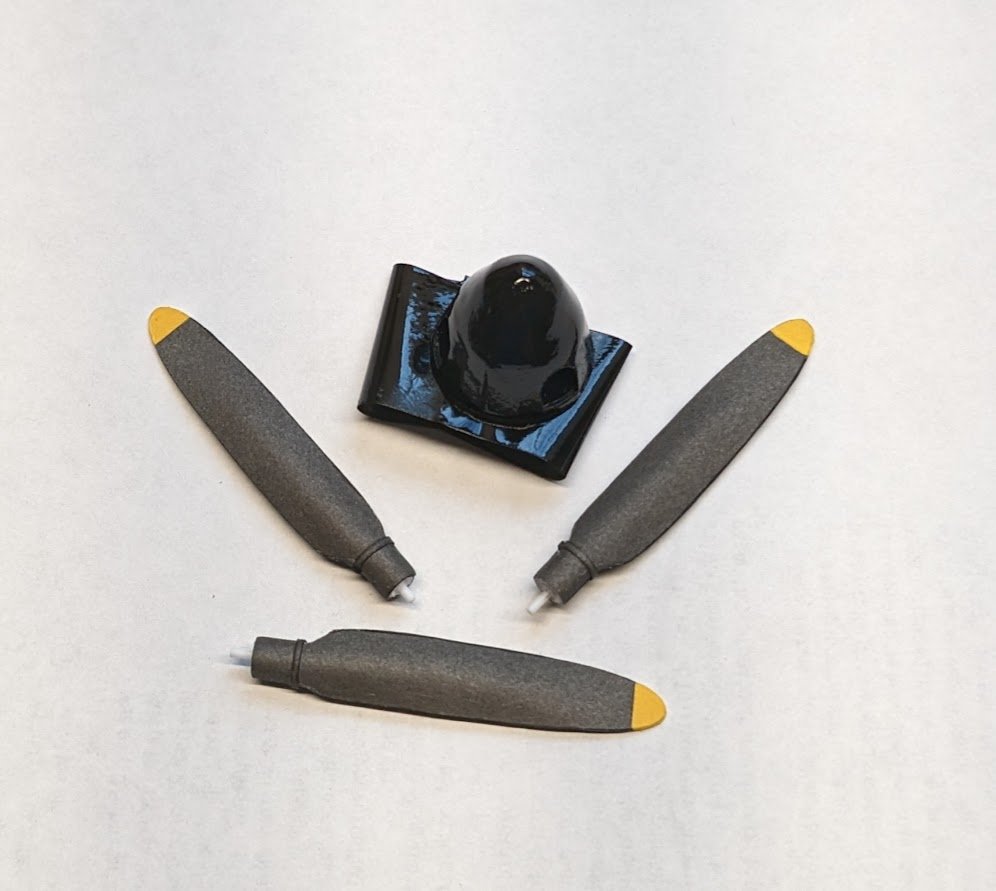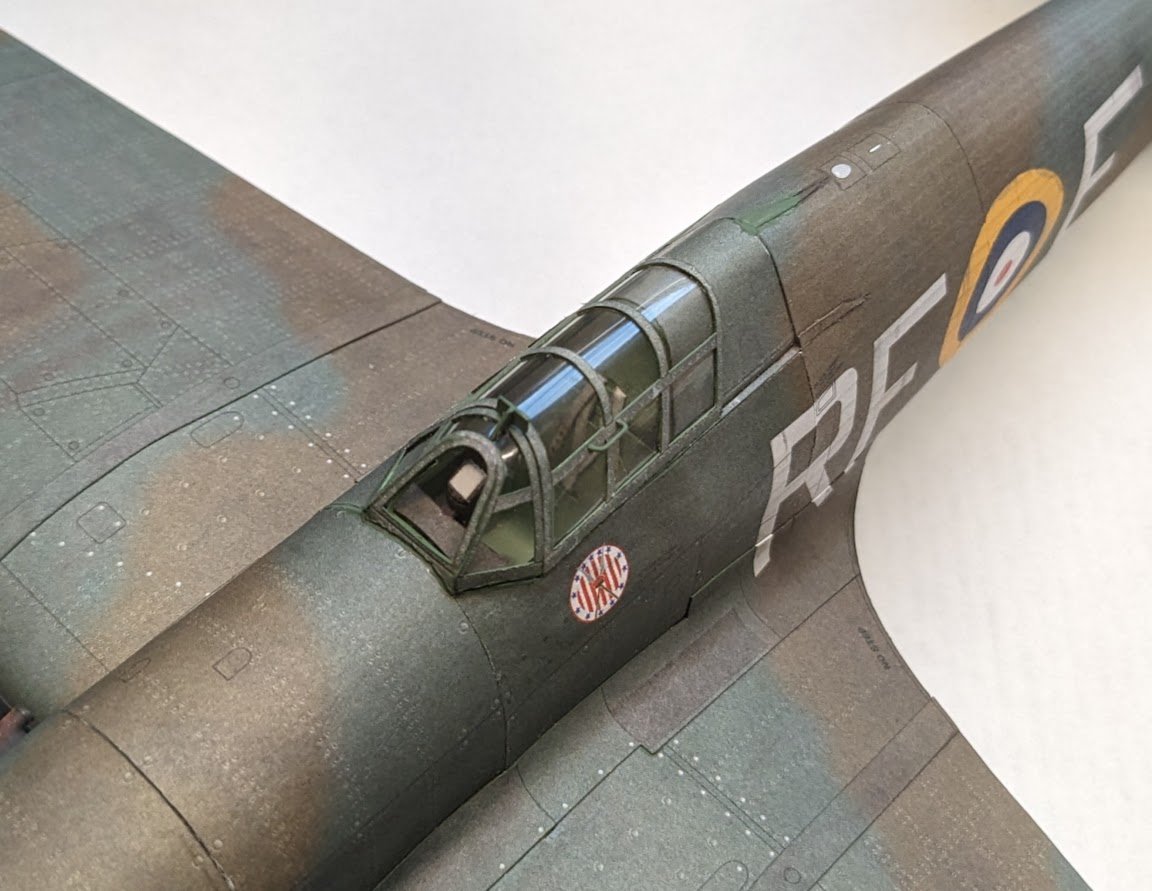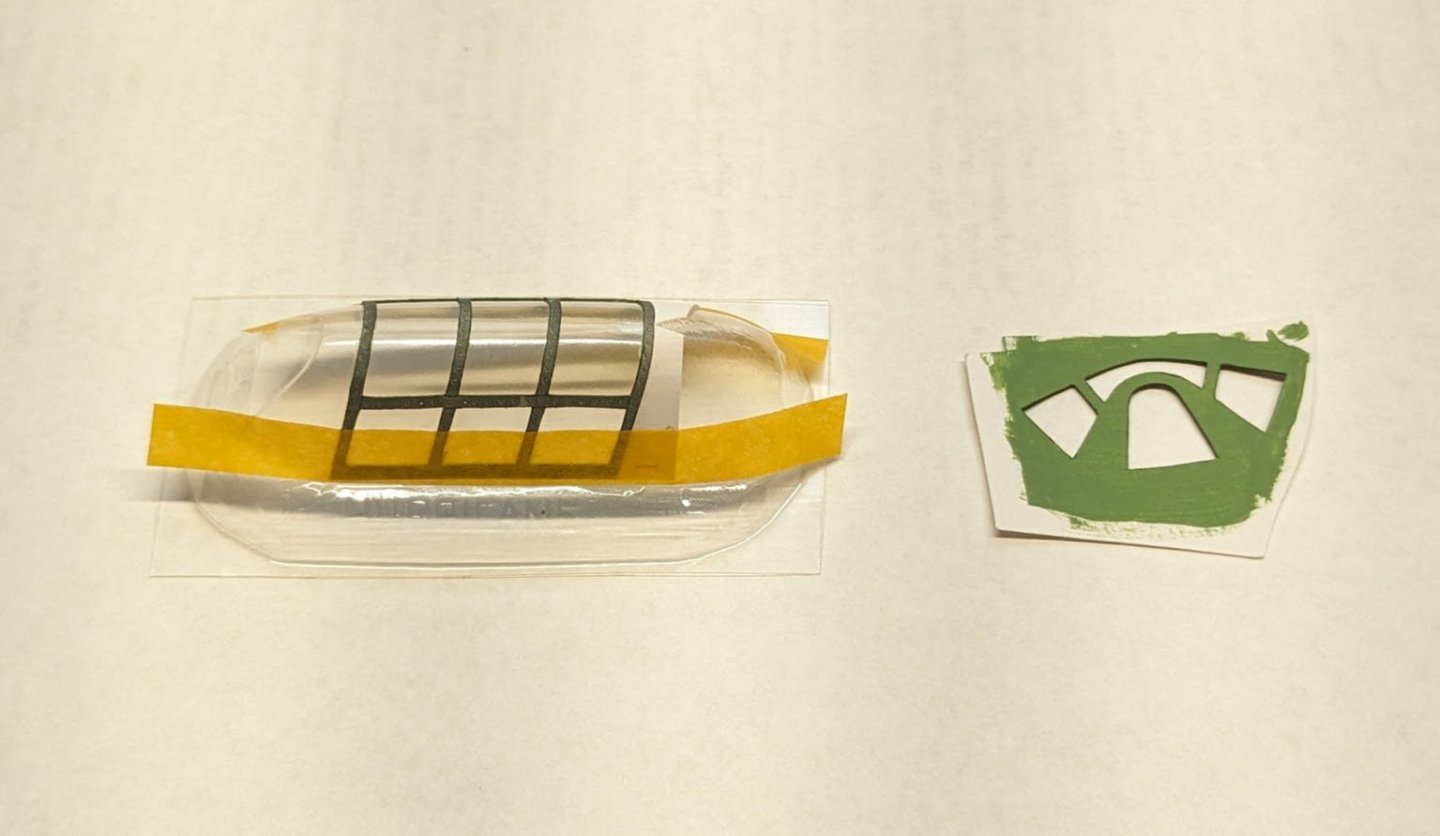-
Posts
8,589 -
Joined
-
Last visited
Content Type
Profiles
Forums
Gallery
Events
Everything posted by ccoyle
-
Greetings! Whenever I order stuff from Poland, I like to max out the order that can be sent at a certain shipping price point. That means that for my last order from WAK, received just this week, I was able to slip WAK's latest release into my cart. It's a Salmson 2 A.2, a French two-seat observation plane used in the last year of the Great War. First Squadron of the US Air Service also operated the type. The kit is designed by Maciej Lewan and features very nice artwork done by Marcin Dworzecki. A little skimpy on the diagrams, but hopefully enough to get the job done. Of course I also ordered the requisite laser-cut frames . . . . . . as well as a pair of resin Lewis guns for the observer's twin mounting. Okay, so you might be wondering why I decided to start this build when I just finished the Hurricane and had started back on Phoenix. Well, I'll tell you why. I blame this wholly on WAK. I checked the inside front cover to see if there was any information about the aircraft depicted in the kit, and there I saw the following (in English, no less): Yup, the plane was "piloted by A.J. Coyle." That did it. Hot new release . . . chance to be one of the first to build it . . . pilot with the same surname as myself (and it's not a common one) . . . the kit fairly screamed "build me NOW!" So I caved. BTW, I have not yet been able to determine if Capt. Coyle and I are distant relatives, but I have an extensive family tree, and he's not in it, so I suspect we are not. Oh, well. Capt. Arthur John Coyle (standing), with Lt. A.E. Easterbrook. Anonymous unknown author, public domain, via Wikimedia Commons. I may try to build this concurrently with Phoenix, or I might not. I'll just have to see how it plays out. Plus, I have another project on my radar. 😬 So many projects, so little time!! Cheers!
-
Got the two long pieces of veneer on the upper hull attached. Because these pieces are so wide, they are terribly unforgiving of any error in hull fairing, and that point is made apparent toward the bow. Here you can see that the natural curve of the veneer creates some small pockets where too much material was removed during the hull fairing process. You can't simply smash these down, because that will cause the veneers to buckle. Nor can you simply ignore them, because doing so will cause the wales (the next belt of planking) to sit too low relative to the upper veneers. Nope, I'm gonna have to add some material in those areas to raise the surface slightly and allow the wales to sit level with the upper hull veneers. An unwelcome task, but necessary. In the meantime, I may be hitting the pause button yet again on this build, for reasons I'll discuss in a separate topic. 😮 Don't worry -- nothing bad!
-
The term spars includes both masts and yards.
-

Maquettes Gerard Schmitt model company?
ccoyle replied to Frank Burroughs's topic in Wood ship model kits
As far as I know, that company has been out of business for decades. The kit design is probably ancient and the kit itself made using outdated manufacturing techniques, e.g., die cutting. Personally, I would avoid it. -
Hollywood does tend to operate that way.
- 12 replies
-
- Nautilus
- Heinkel Models
-
(and 1 more)
Tagged with:
-
Okay, with the Hurricane now occupying a space of honor on the shelf, it's back to Phoenix! Following the instructions, we next darken the openings for the gratings. Exciting stuff, right? Then it's time to start applying finish planking. Yay! The process starts at the stern. Before I started gluing anything, I cut out the relevant parts and did some dry fitting. That's when I noticed that the sternpost fascia pieces are not wide enough to cover the width of the post. I went back and read through the instructions again. Sure enough, it looks like I overlooked some tapering that needs to be done. I will check some build logs to confirm this, but I'm pretty sure I have some more chisel & sandpaper work in my immediate future. Cheers!
-
Wow! That is a fantastic model and display! The awards are well-deserved. Congratulations!
-
I actually quite like the RAF desert camo and have a Halinski Spitfire Vb tropical that can be built in either RAF or USAAF markings. The latter had their RAF roundels painted over and then the USAAF insignia applied over the top of that. Several Polish publishers have offered the P-40 in North Africa camo, including WAK, Halinski, and most recently from Card Army (Marcin Dworzecki did the art on both the Halinski and Card Army kits).
-
Welcome aboard, Pete! What sort of ship do you think you might work on? So many choices out there -- kinda like aircraft! P.S. Check out our Non-Ship Builds sub-forum to see what our members dabble in when they're not busy building ships!
-
I agree with the previous comments -- she looks quite sharp!
- 148 replies
-
- Vanguard Models
- Cutter
-
(and 2 more)
Tagged with:
-
Various companies have produced kits in plastic or card. An internet search will turn up quite a few examples, e.g., Revell, Glencoe, JSC (card). The Revell 1/600 kit should still be available new, and the 1/400 JSC kit is still in print.
-
The Big Reveal! This kit proved to be much more challenging than I anticipated, but I am mostly happy with the result. The propeller hub ended up being a little troublesome -- the first painting effort produced a cracked finish, so several additional rounds of filling and sanding were needed. It wound up being pretty smooth, though, and easily wins the "Best Paper Hub I Have Ever Done" award. Enjoy the pictures! I really like the angle on this next shot because you can easily see the Typhoon's lines in the ol' Hurricane. This last one is the new wallpaper on my phone. Cheers!
-
Always sad to a grand old ship neglected and in decline, but I can understand why. They are expensive to fix and expensive to maintain, and there's a lot of resources locked up in all that metal.
-

kit review 5 Cylinder Radial Engine (TECHING) - EngineDIY
ccoyle replied to James H's topic in Non ship-related reviews
Interestingly, the Polikarpov Po-2, the most-produced biplane in history, was powered by a five-cylinder radial. -
Okay, the canopy is all done and mounted. Here's a couple of in-progress shots. I got the canopy freed from its mold without too much difficulty. I did, though, in my efforts to clean the thing up accidentally scuff the interior glazing with my emery board. Oops! I also mounted and painted the interior grab handles, as well as the frame for the armored glass. I didn't actually add the armored glass, because a. it is a pain, and b. you can't really see it inside the closed cockpit. Apart from the scuffing, this is actually one of the better canopies I have done. While bits of the cockpit were drying here and there, I finished up the propeller hub and blades. To try and make a cleaner, neater hub, I did a little sanding and filling of the basic assembly. I then sprayed the hub with satin-finish spray paint. Unfortunately, it's the kind that takes a looooong time to dry, so I will probably have to wait until tomorrow for the final assembly. The black of the hub and blades is now quite different shades, so I may end up painting the blades a darker black as well. And that's all for now!
-
Next up: canopy. Bleah!! Canopies are one of my weaknesses. Nevertheless, I'm happy with how this one is going -- so far. I have glued on the frames for the sliding portion, tacked them down with low-tack tape (have never tried this before), and will let the glue cure for 24 hours before messing any further with this part. I intend to try something else different as well: I'm going to display the model with the canopy closed. Because of this, I will not be adding the internal printed frames. I never manage to get the inner and outer frames to match up well anyways. As you can see, the inside of the outer frames are painted interior green. As long as no one looks to closely, it's hard to tell that the interior frames are only paint. The proof of the pudding will be getting the molded canopy and frames cut out without having the frames peel up -- but that's a task for tomorrow.
About us
Modelshipworld - Advancing Ship Modeling through Research
SSL Secured
Your security is important for us so this Website is SSL-Secured
NRG Mailing Address
Nautical Research Guild
237 South Lincoln Street
Westmont IL, 60559-1917
Model Ship World ® and the MSW logo are Registered Trademarks, and belong to the Nautical Research Guild (United States Patent and Trademark Office: No. 6,929,264 & No. 6,929,274, registered Dec. 20, 2022)
Helpful Links
About the NRG
If you enjoy building ship models that are historically accurate as well as beautiful, then The Nautical Research Guild (NRG) is just right for you.
The Guild is a non-profit educational organization whose mission is to “Advance Ship Modeling Through Research”. We provide support to our members in their efforts to raise the quality of their model ships.
The Nautical Research Guild has published our world-renowned quarterly magazine, The Nautical Research Journal, since 1955. The pages of the Journal are full of articles by accomplished ship modelers who show you how they create those exquisite details on their models, and by maritime historians who show you the correct details to build. The Journal is available in both print and digital editions. Go to the NRG web site (www.thenrg.org) to download a complimentary digital copy of the Journal. The NRG also publishes plan sets, books and compilations of back issues of the Journal and the former Ships in Scale and Model Ship Builder magazines.


